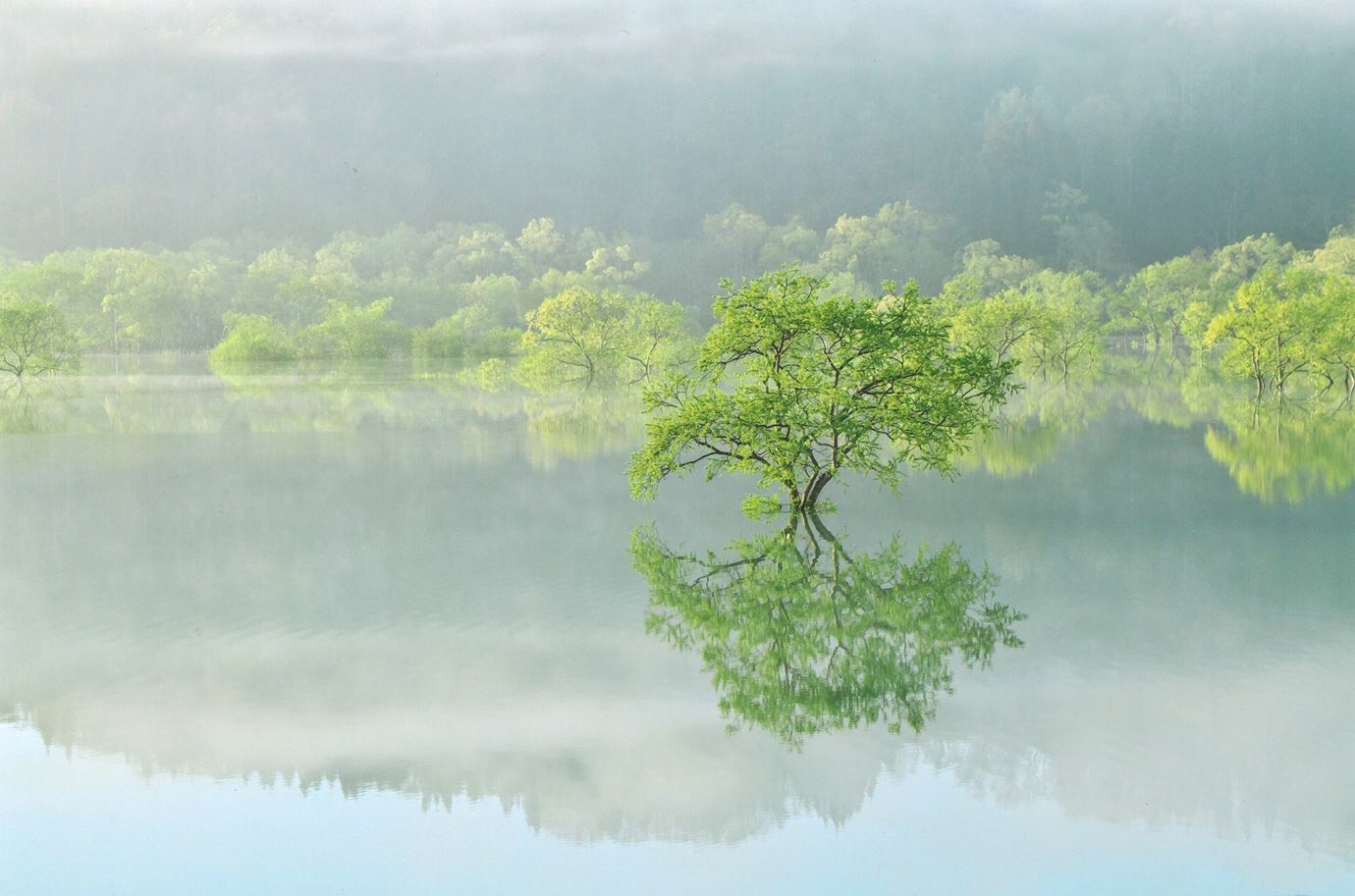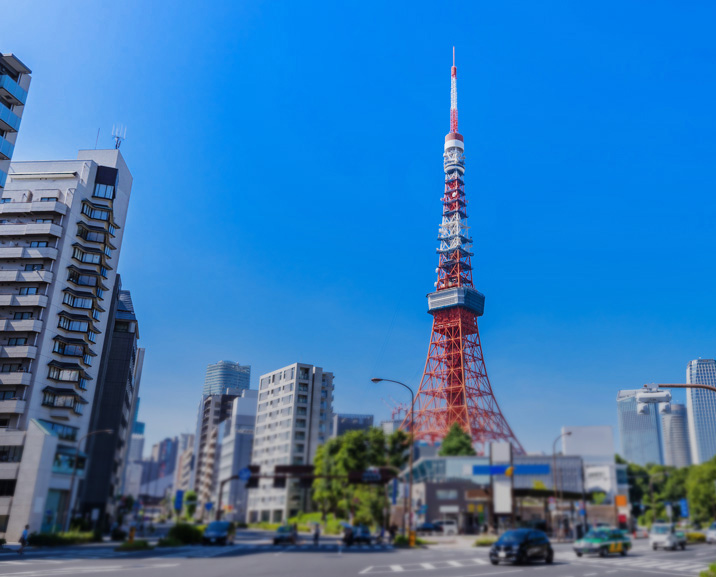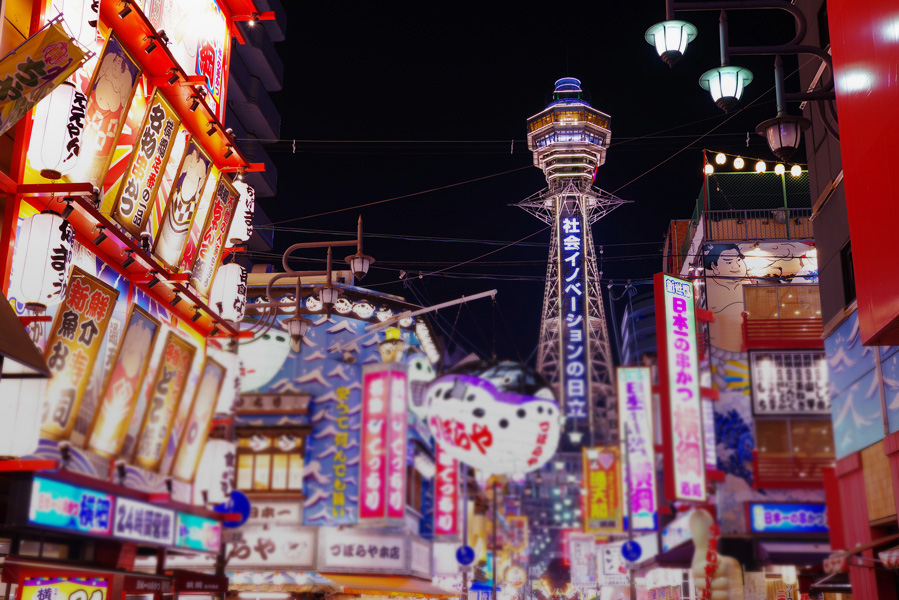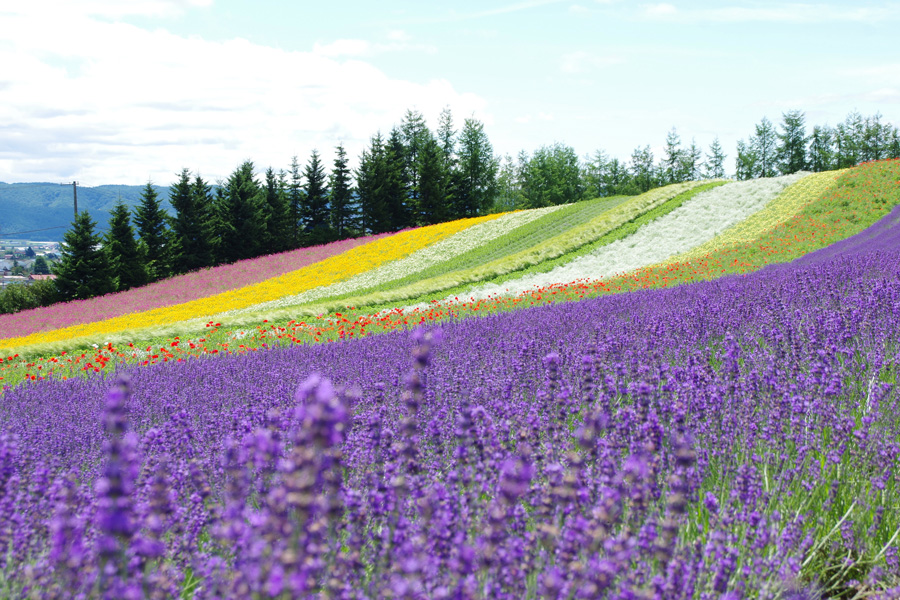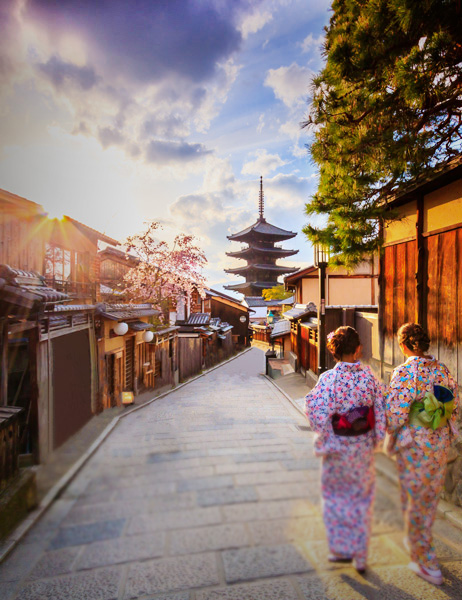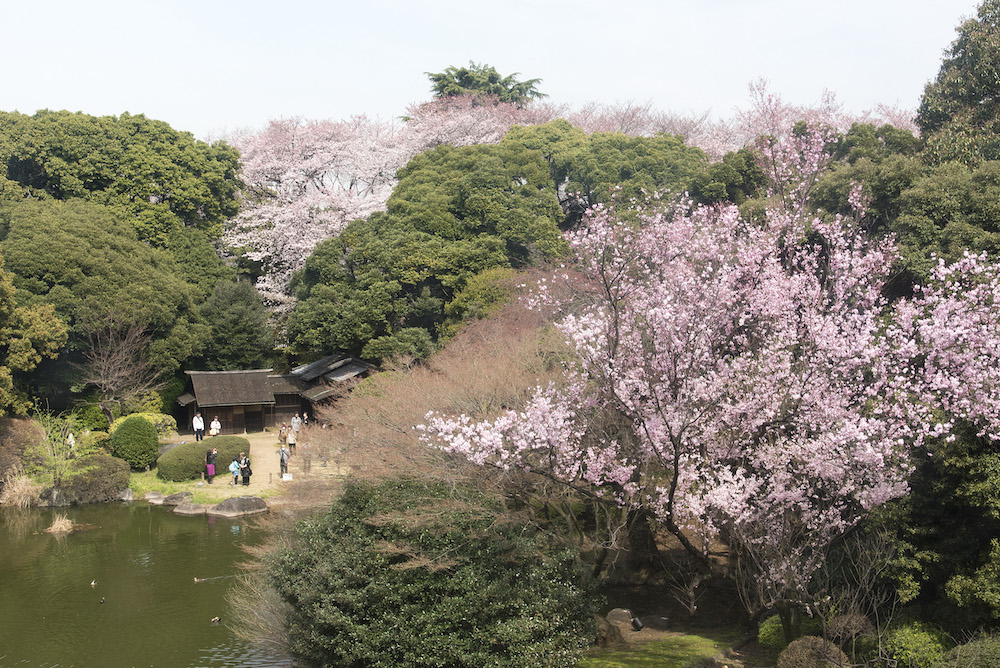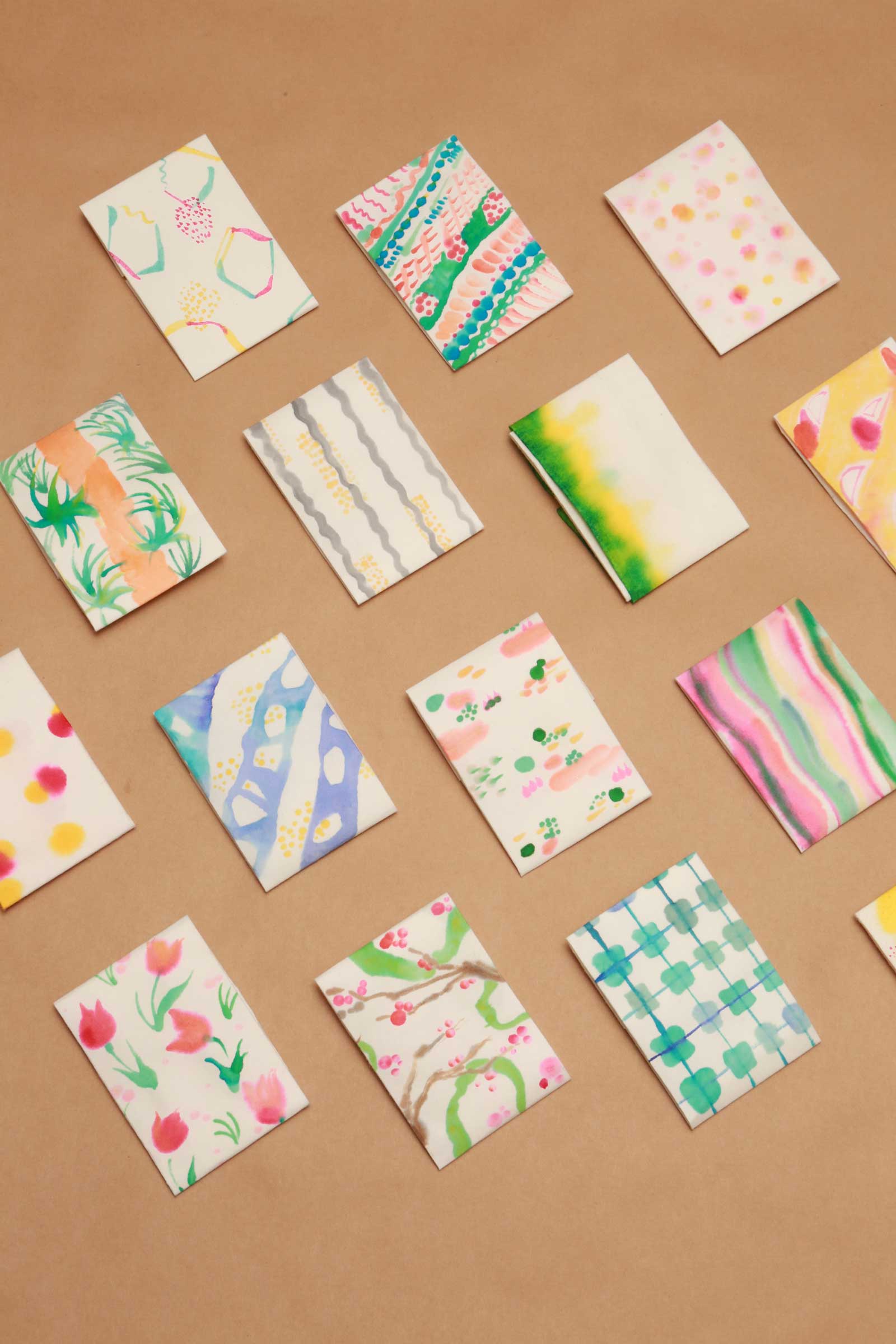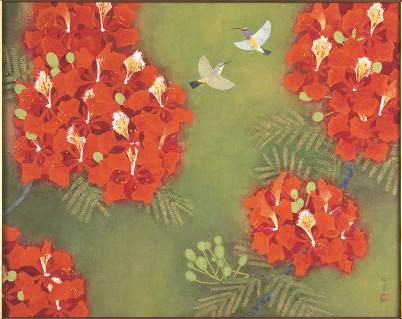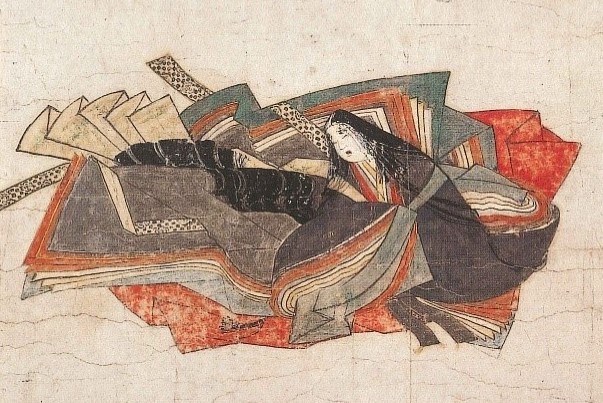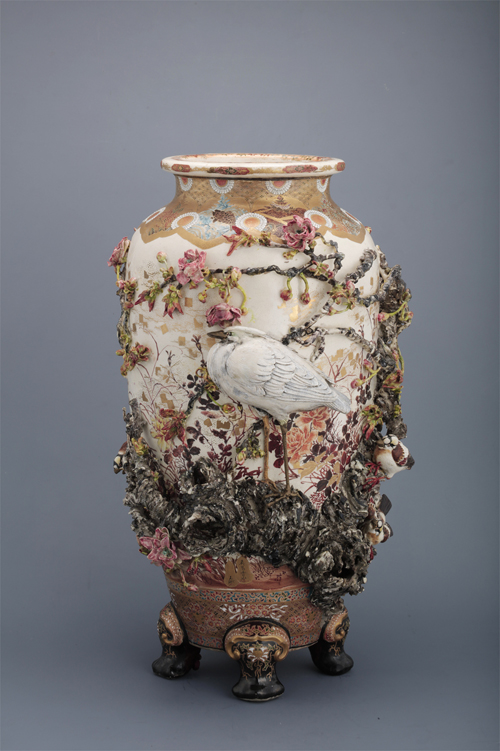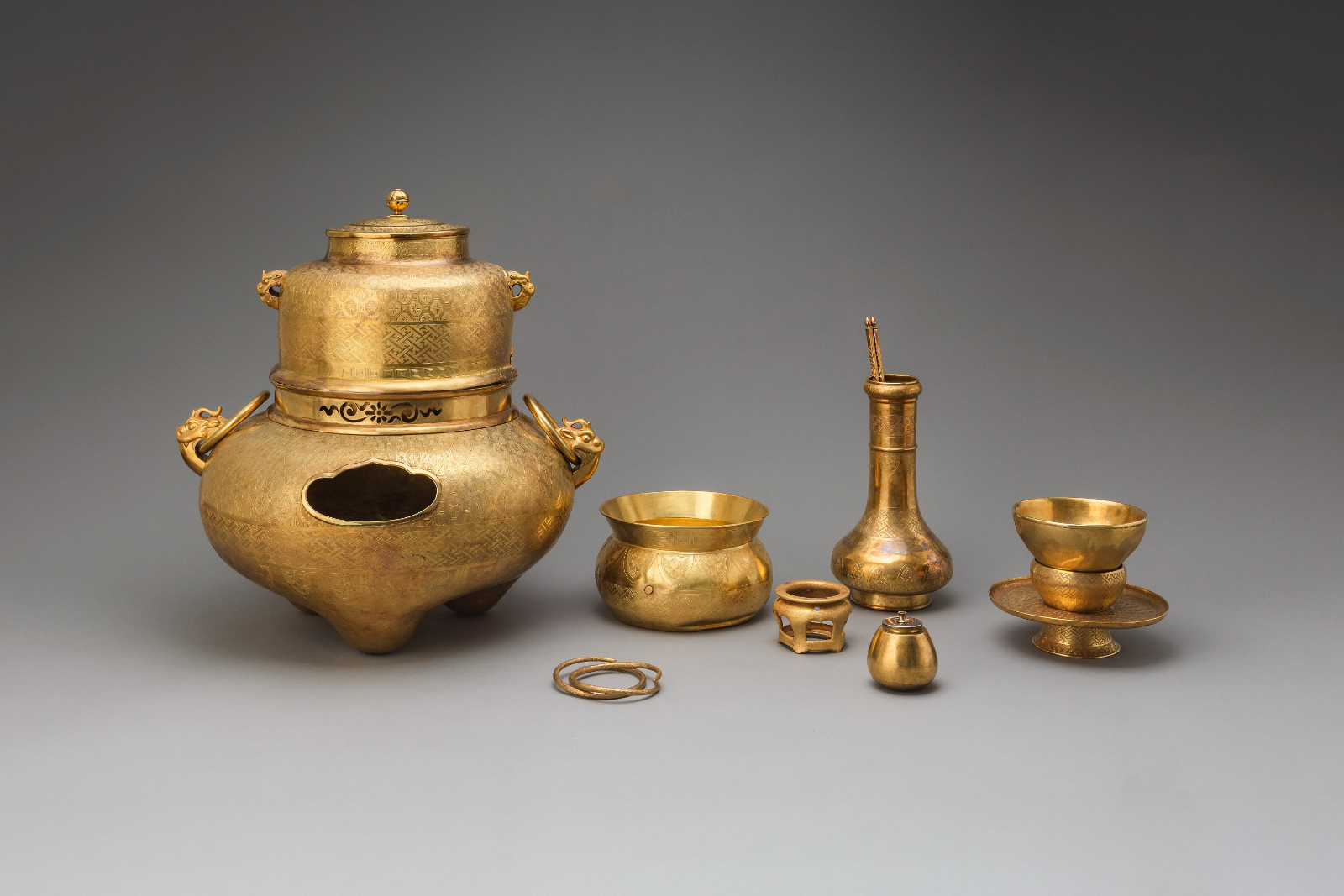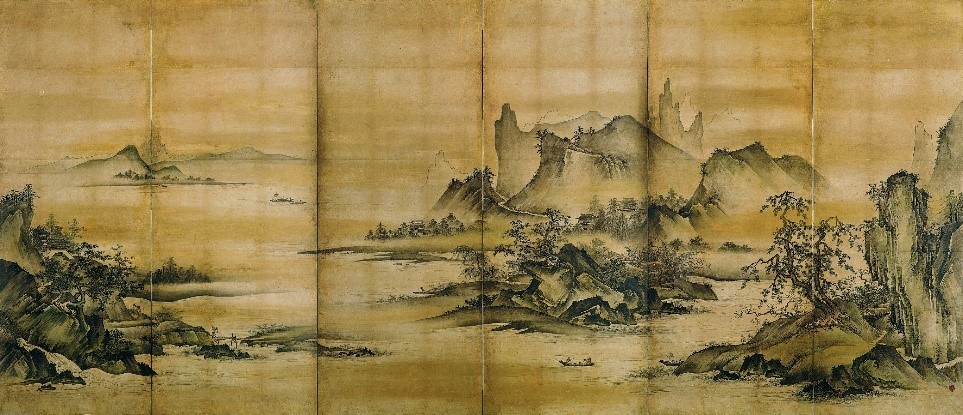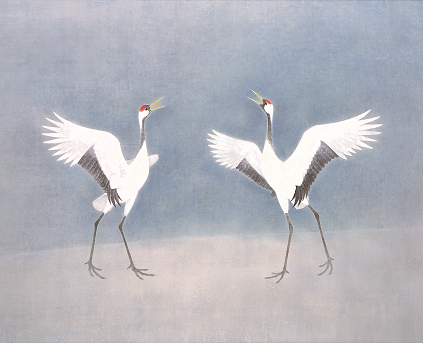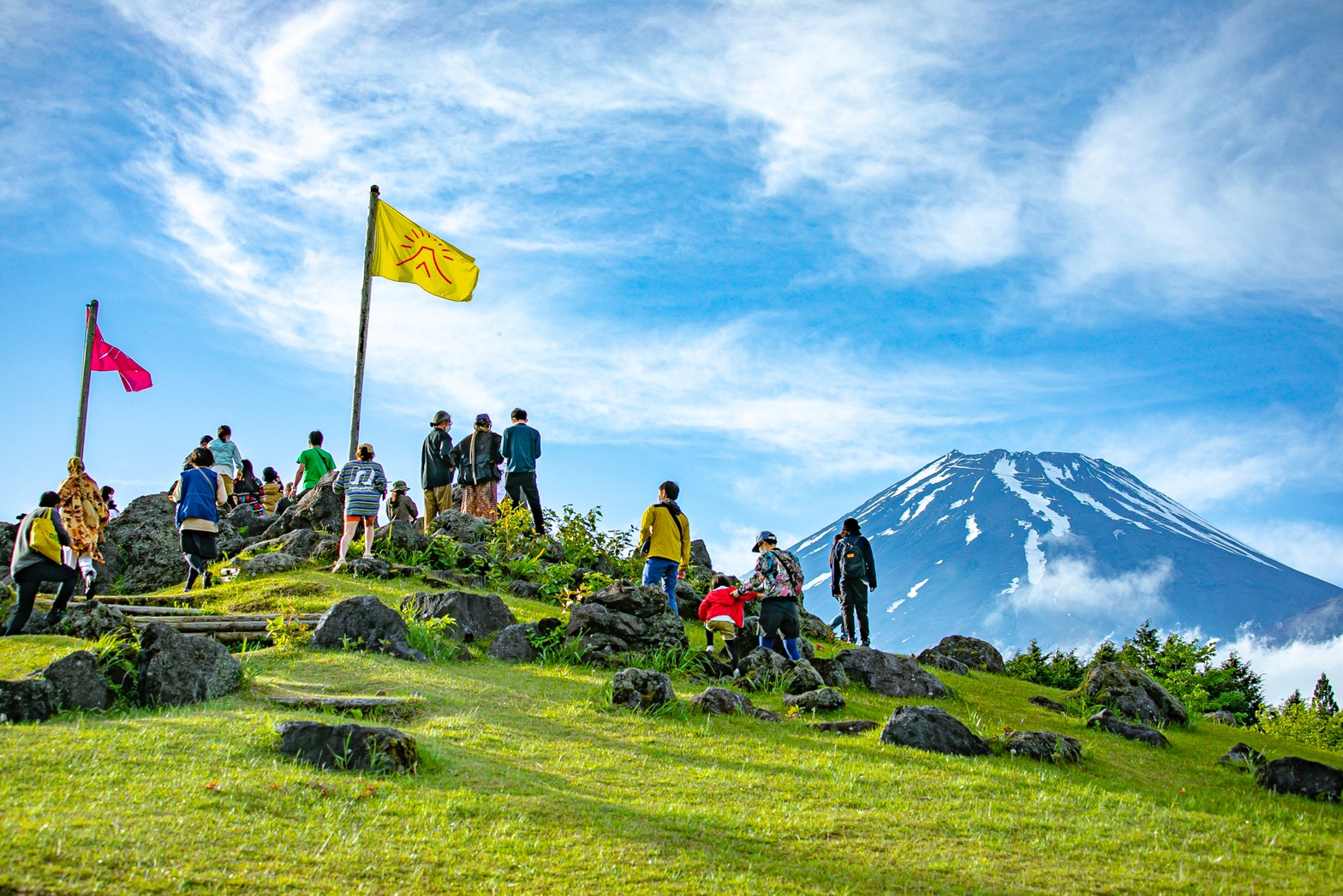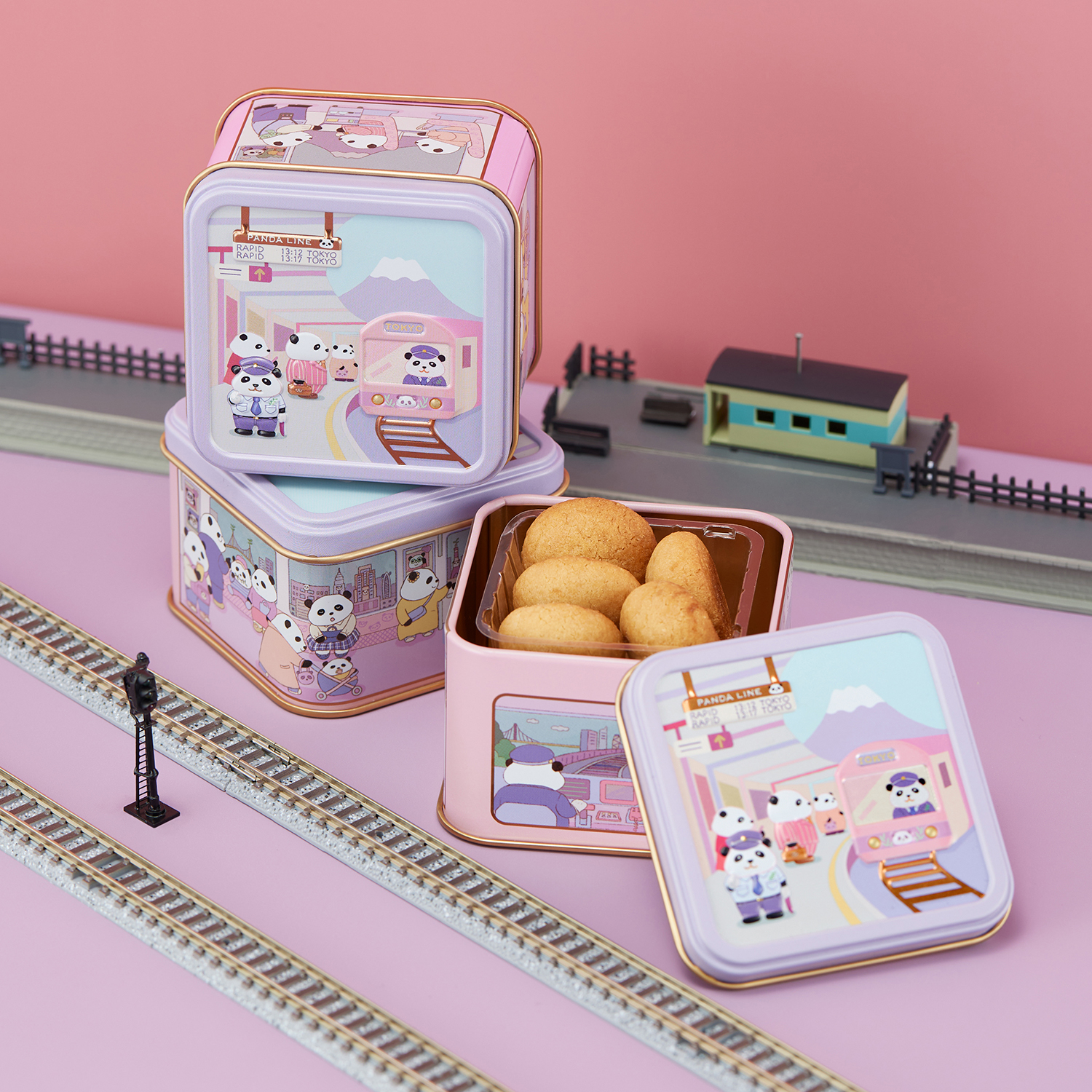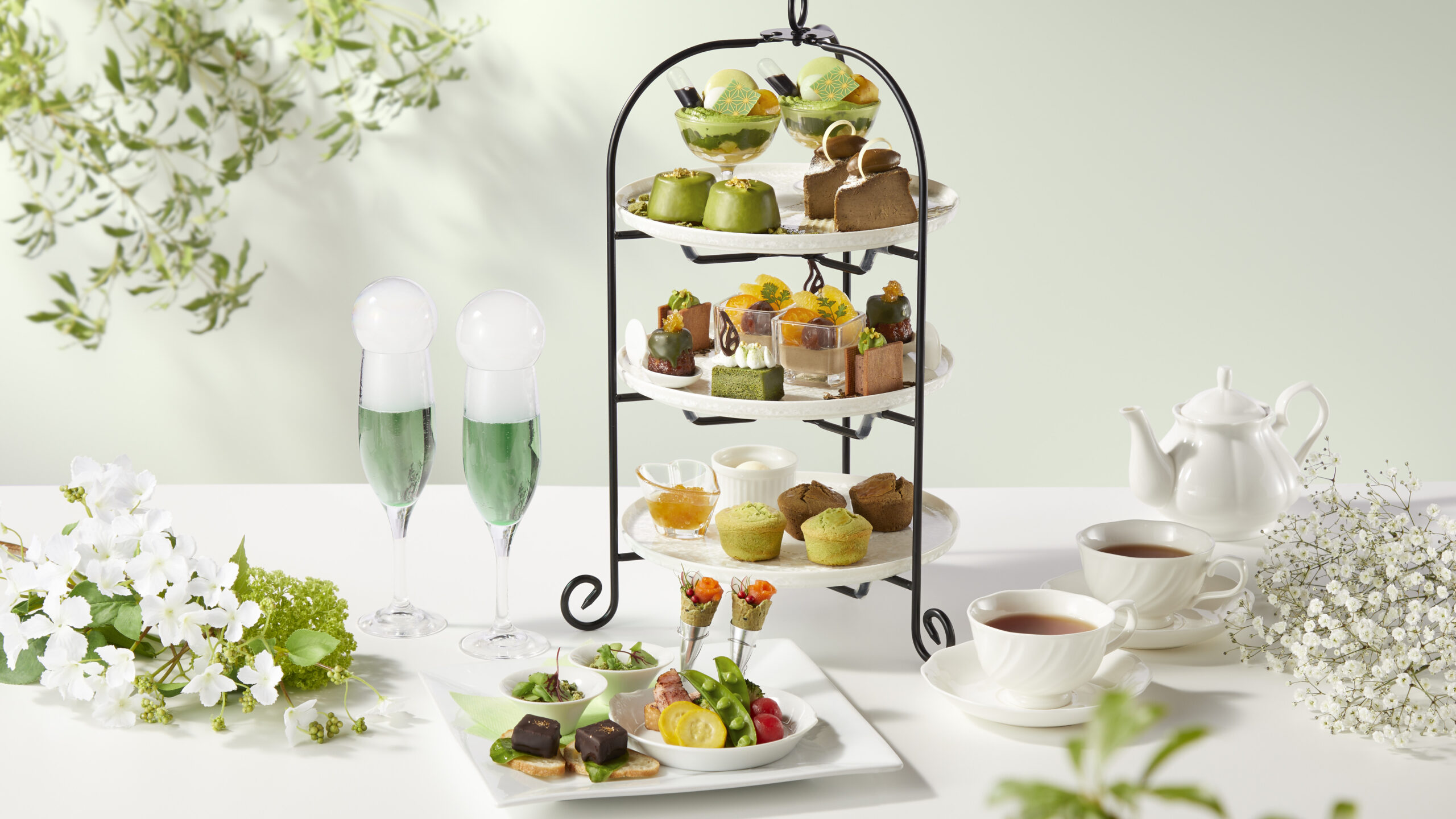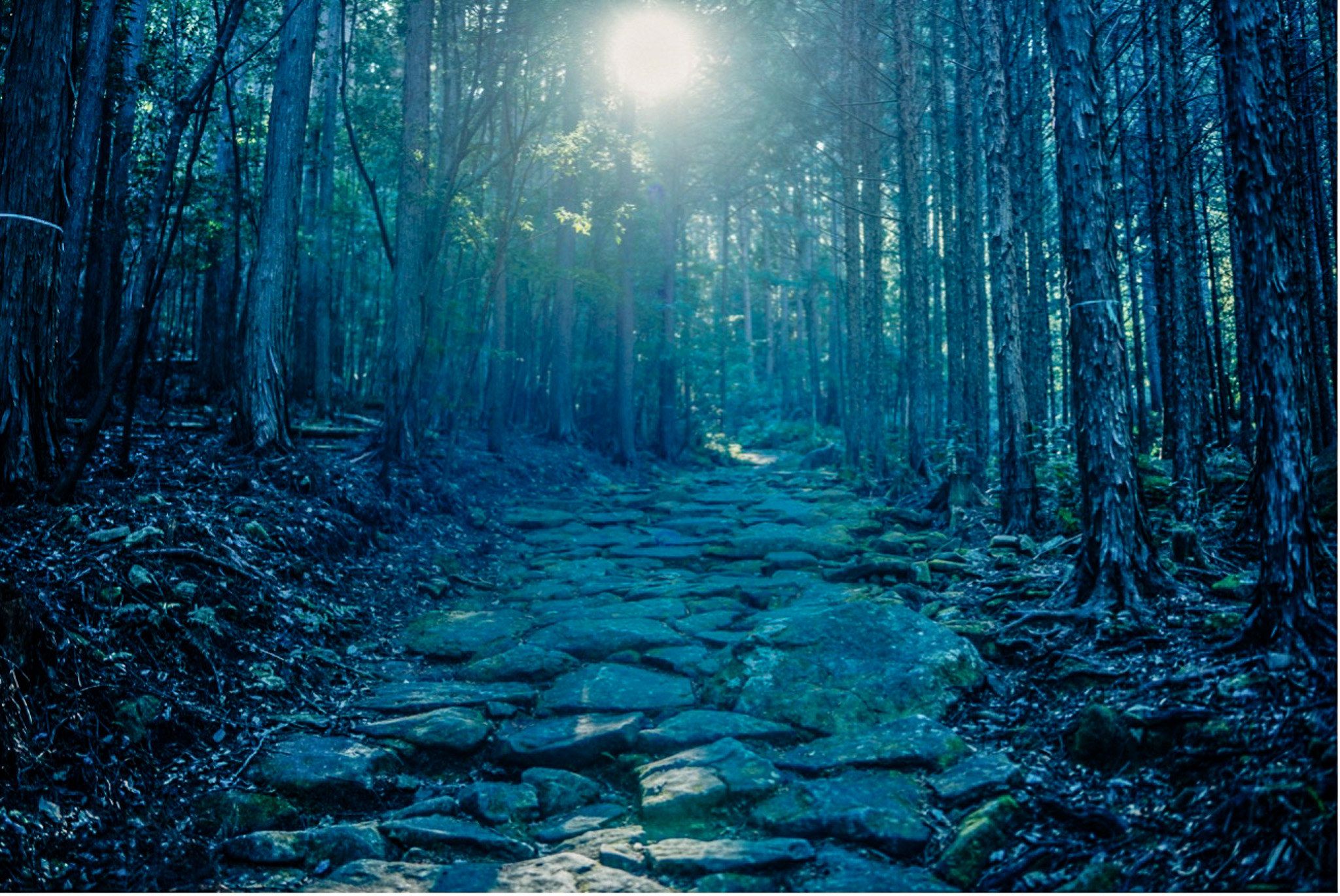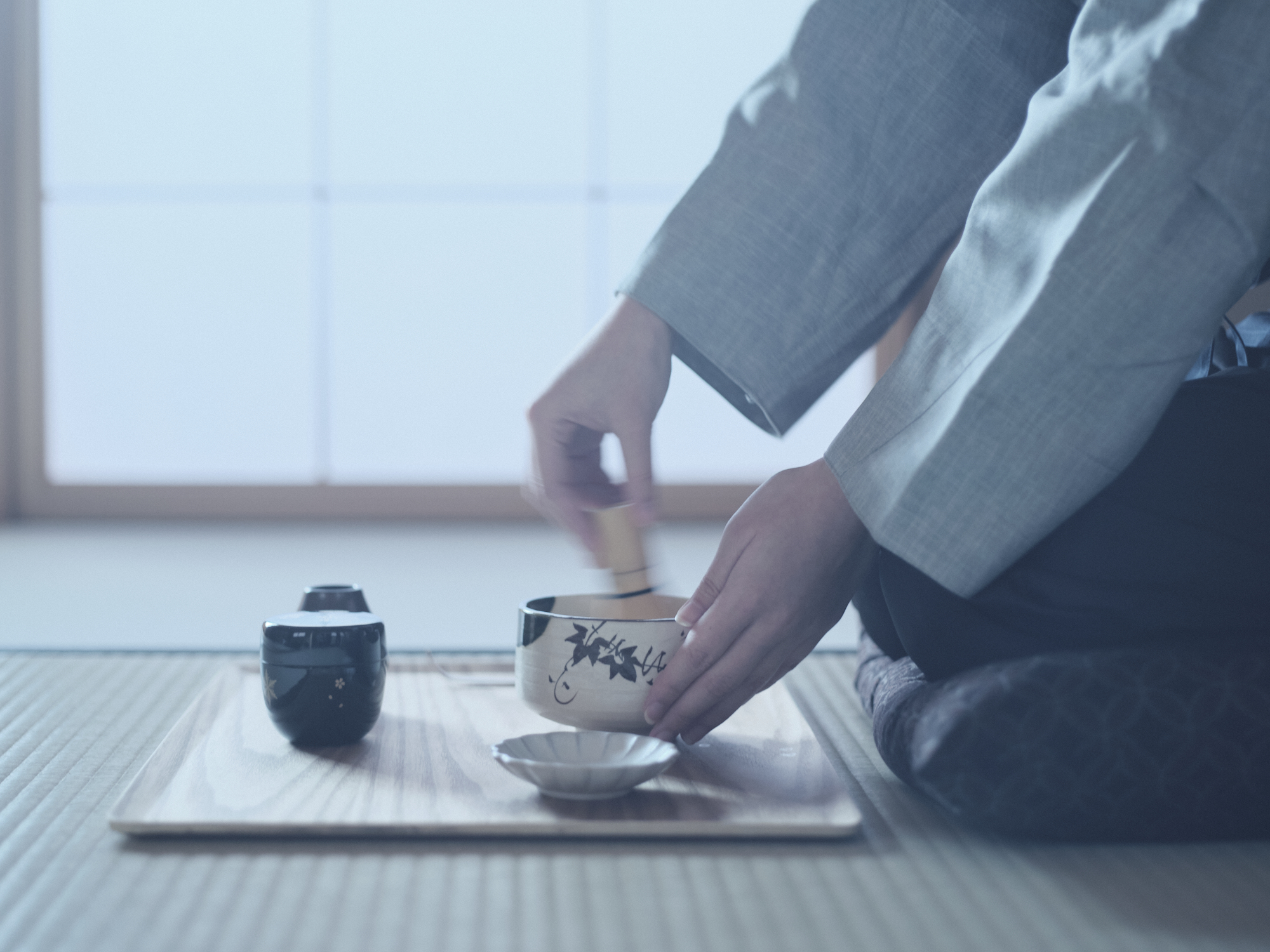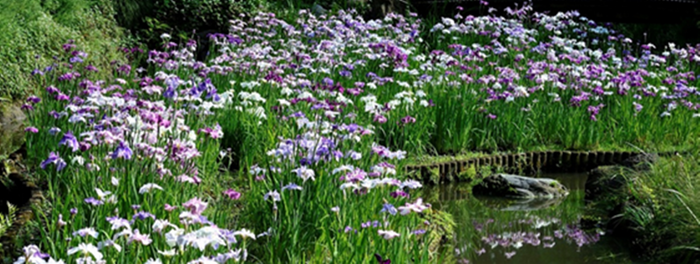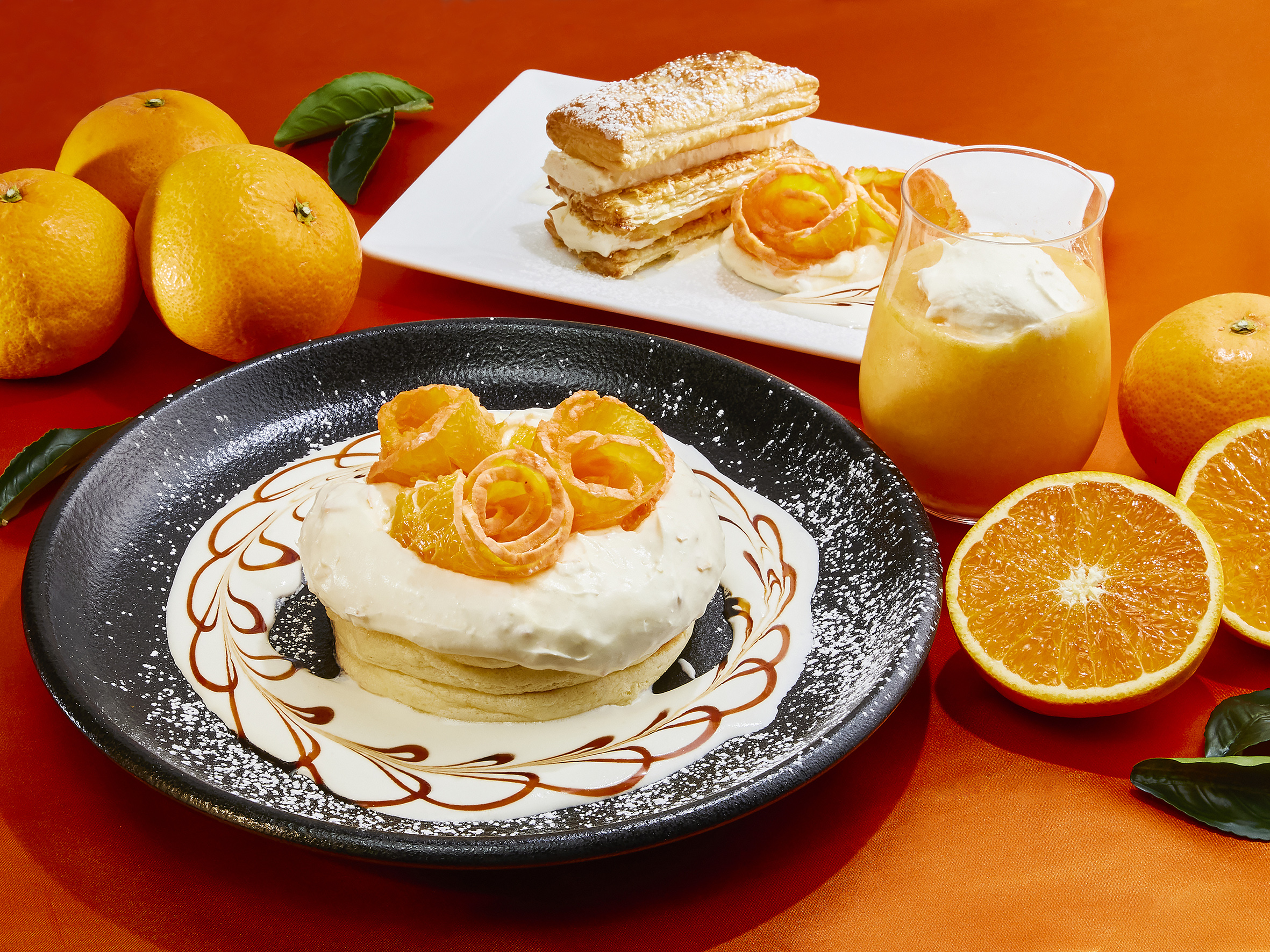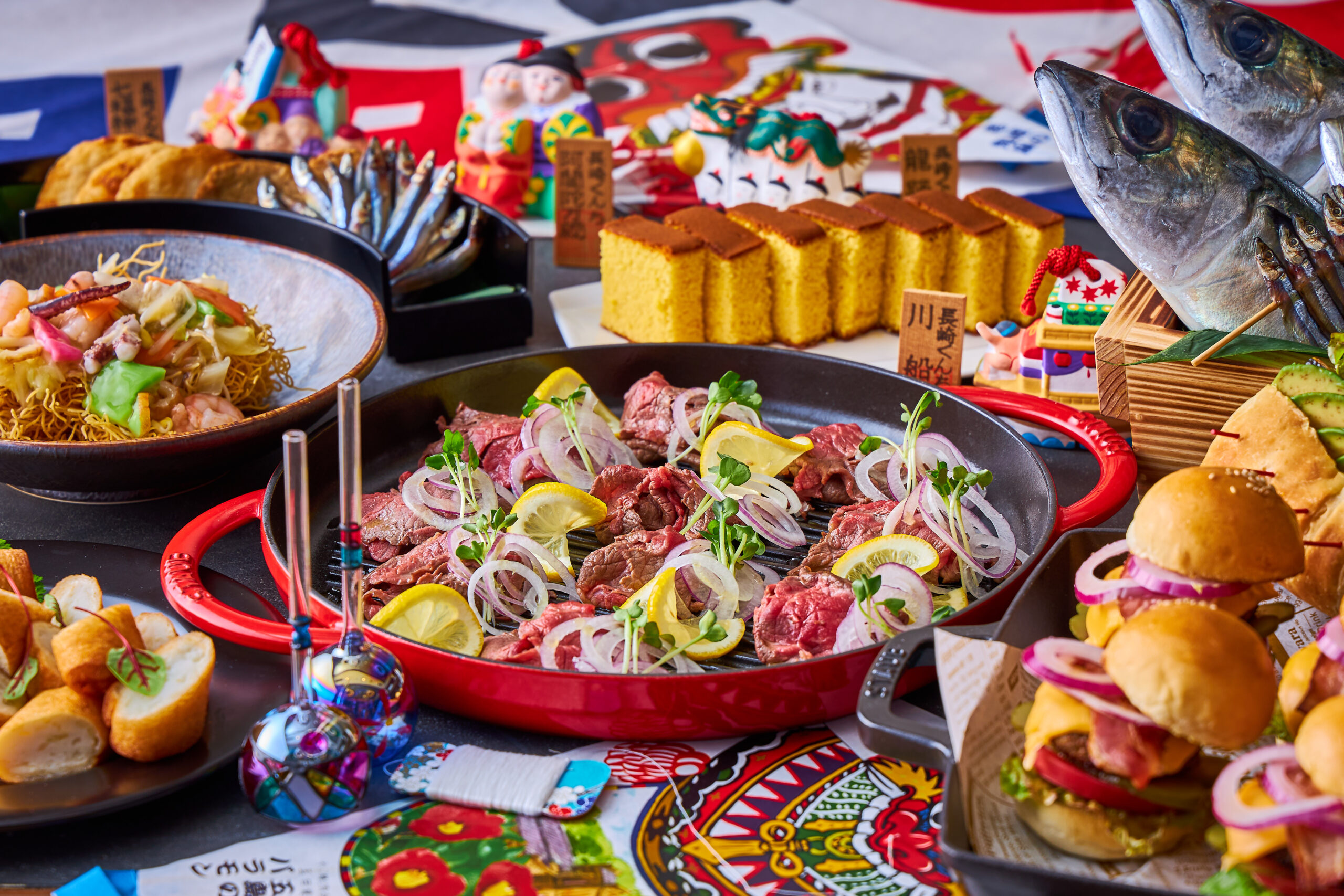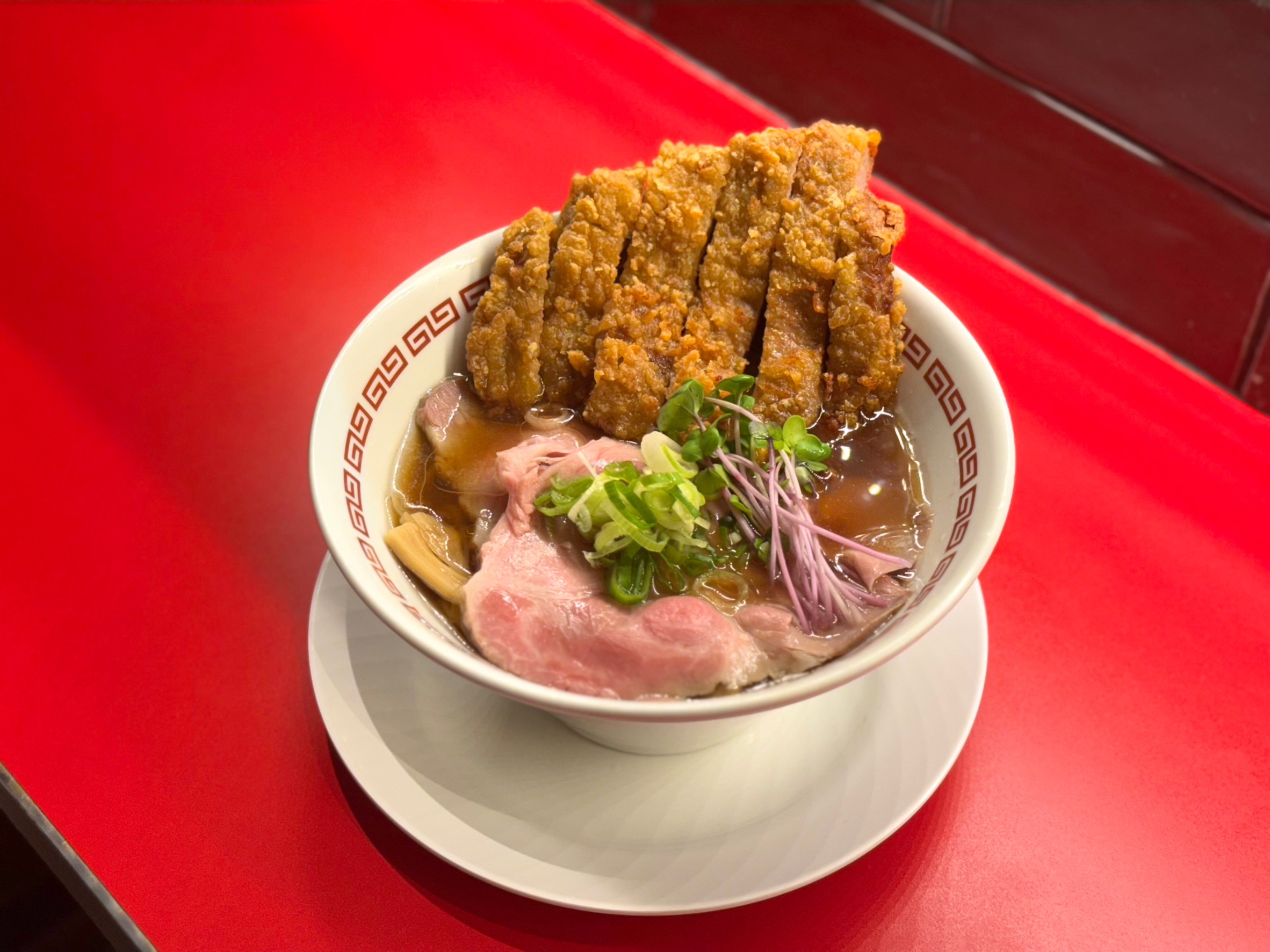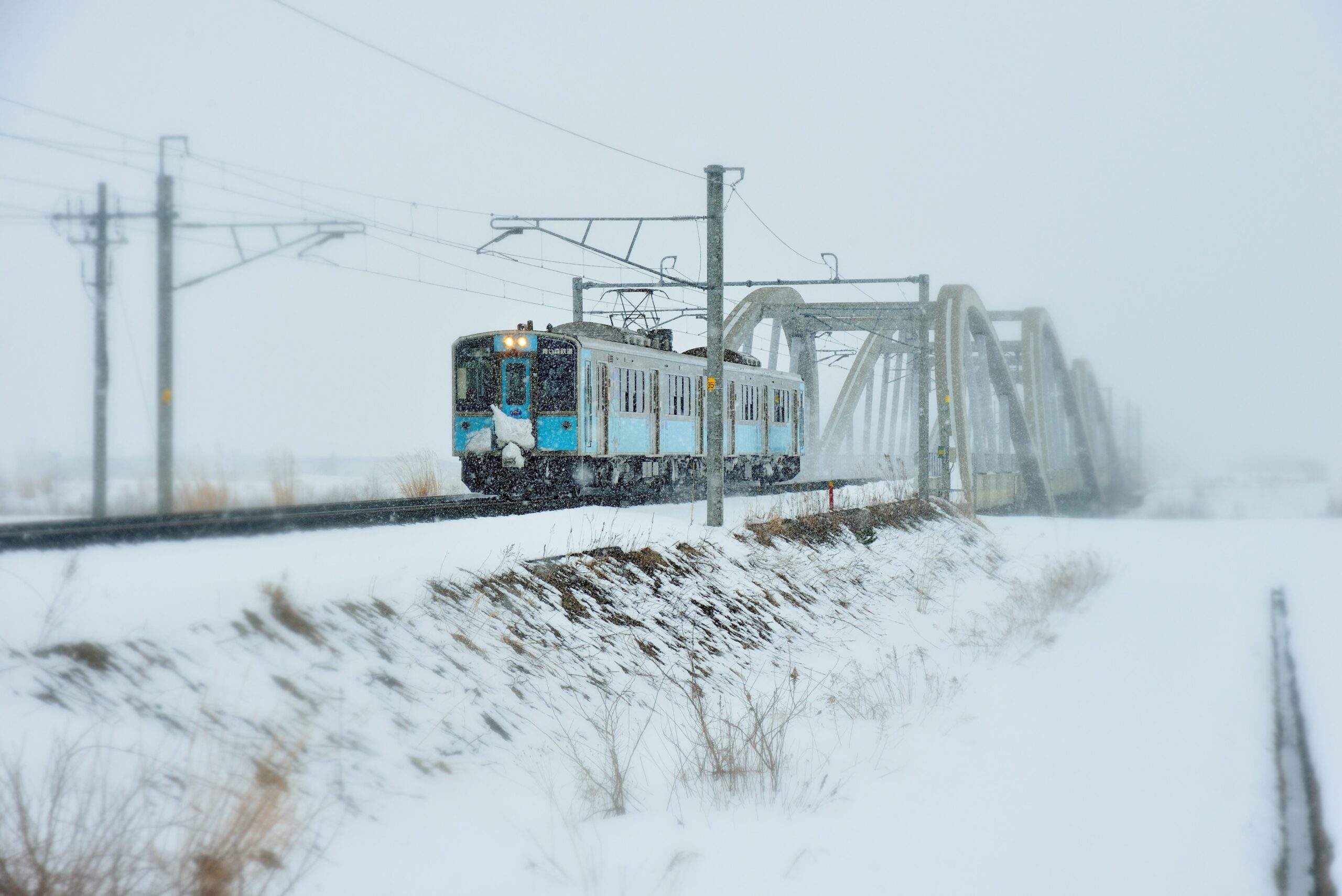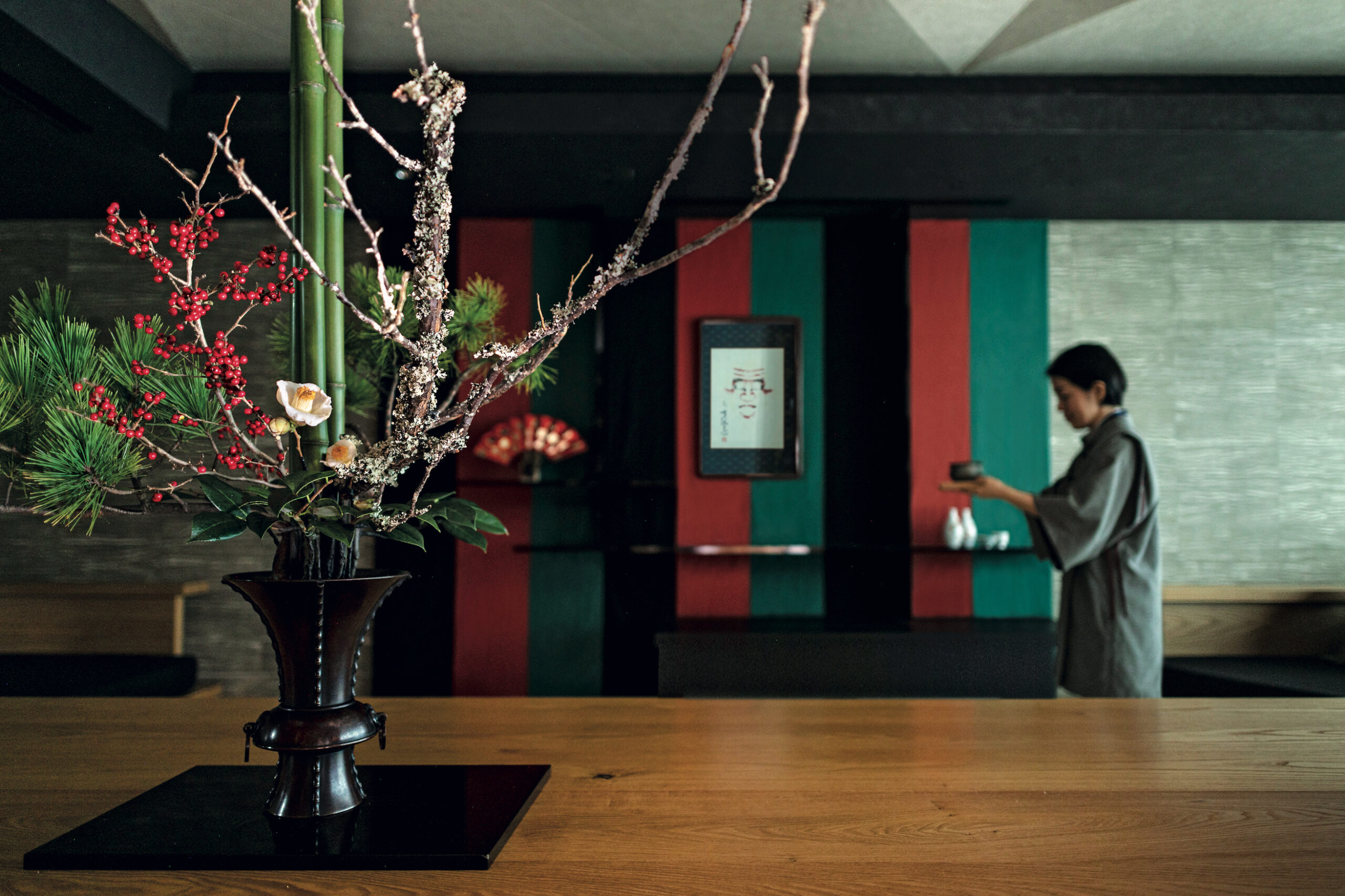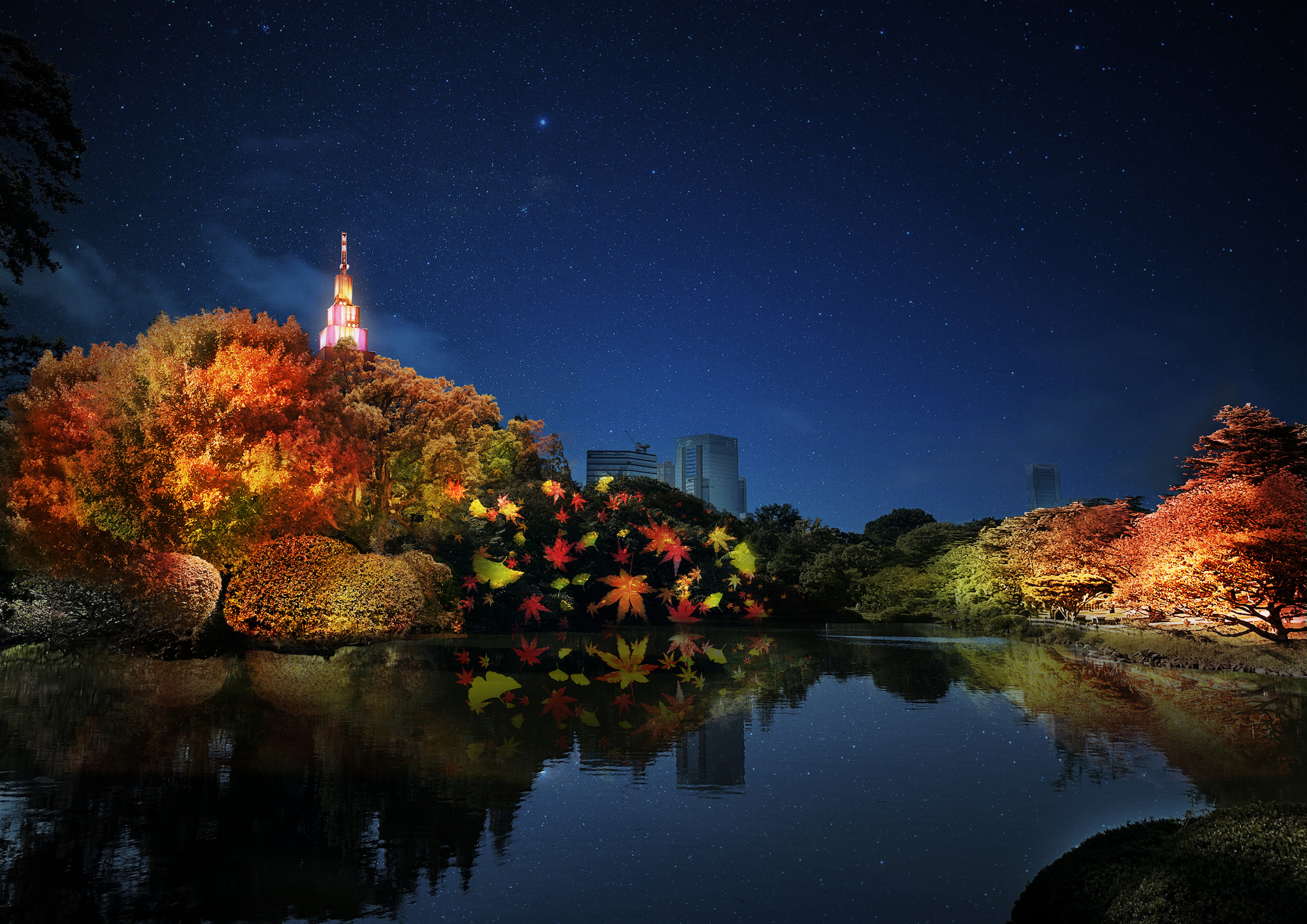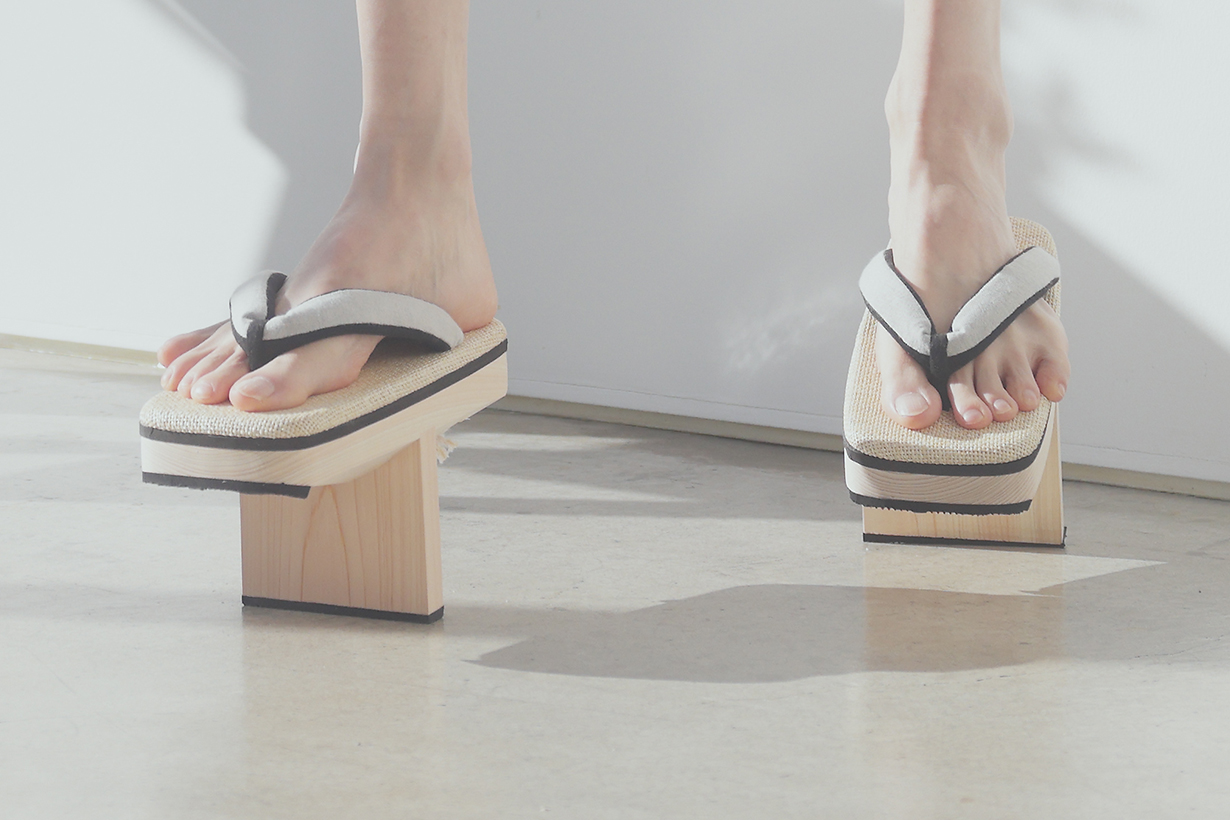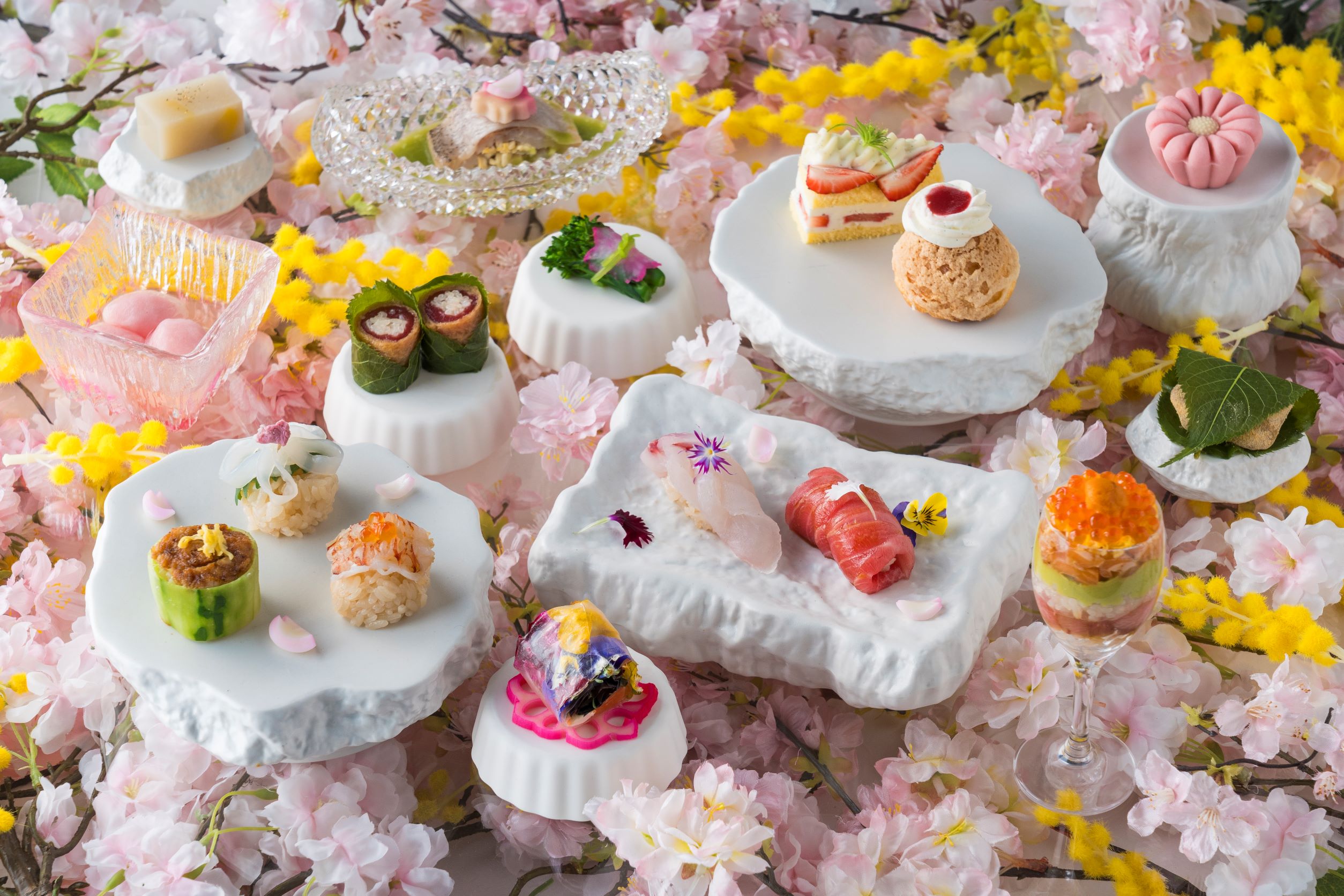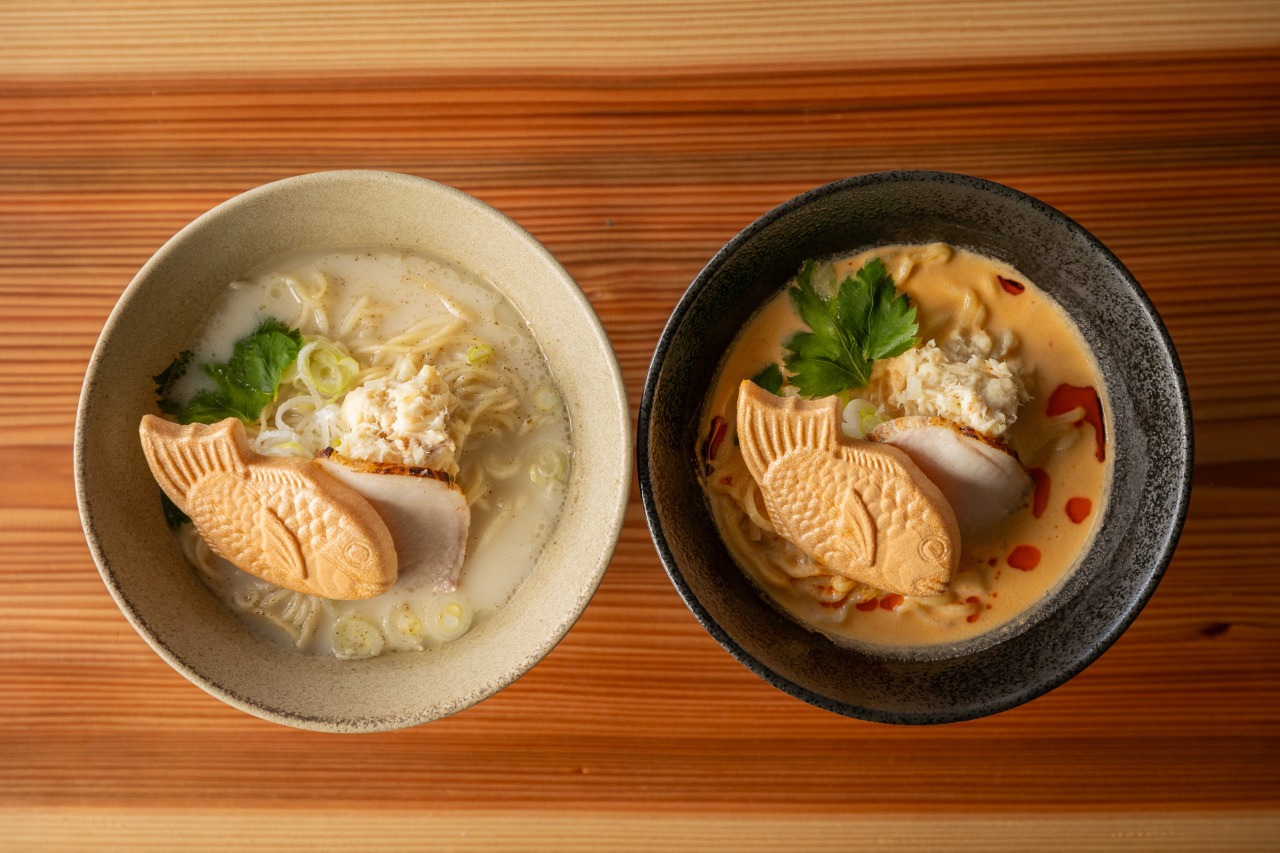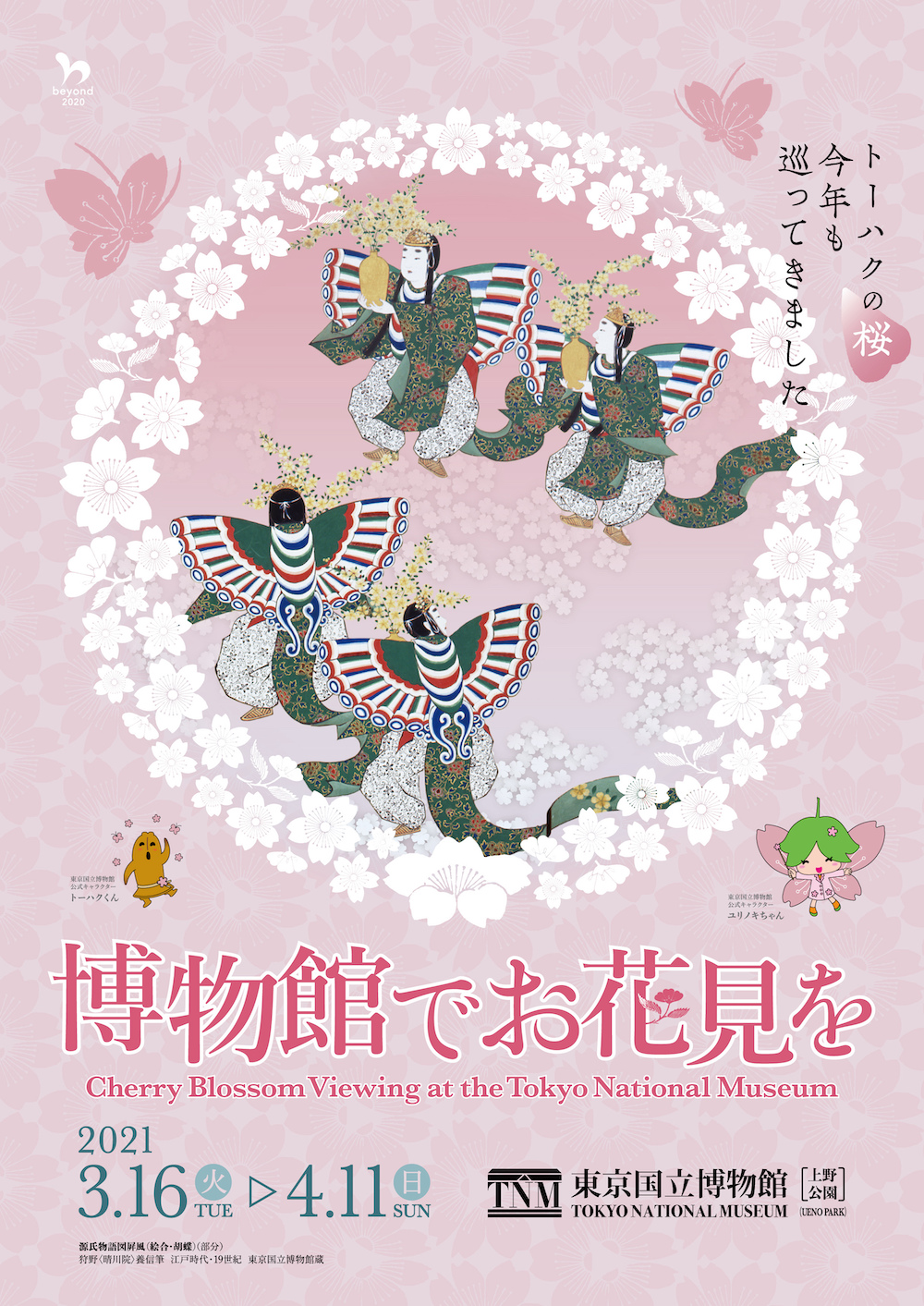
* This year, in order to prevent new coronavirus infections, related events such as workshops and gallery talks held at the venue every year will be postponed.
Main building cherry blossom tour
In the main building, various works related to cherry blossoms will be exhibited, including paintings depicting cherry blossoms such as “Genji Monogatari Folding Screen (Eawase / Kocho)”. The caption of the work has a cherry blossom mark, so please find your favorite cherry blossom in the exhibition room.
[Main exhibits] * All works are in the collection of the Tokyo National Museum
7 rooms in the main building [Tuesday, March 9-Sunday, April 18]
Genji Monogatari Folding Screen (Eawase / Butterfly) (Genji Monogatari Zubyobu Eawase Kocho)
– Kano “Harukawain” Yoshin brush Edo period, 19th century
From a scene in “Genji Monogatari”. The right ship is “Eawase”, which criticizes the paintings, and the left ship is “Kocho”, which performs spring Buddhist affairs. It is a gorgeous and spring-like work with beautiful bright colors and shining white cherry blossoms.

Main Building 3 Rooms [March 16th (Tuesday) -April 25th (Sunday)]
Statue of Kobo Daishi (Kobo Taishou)
– Kamakura period, 14th century
Behind the Kukai statue drawn in the center of the screen, Shaka Nyorai emerged from the mountain where the cherry blossoms are in full bloom.
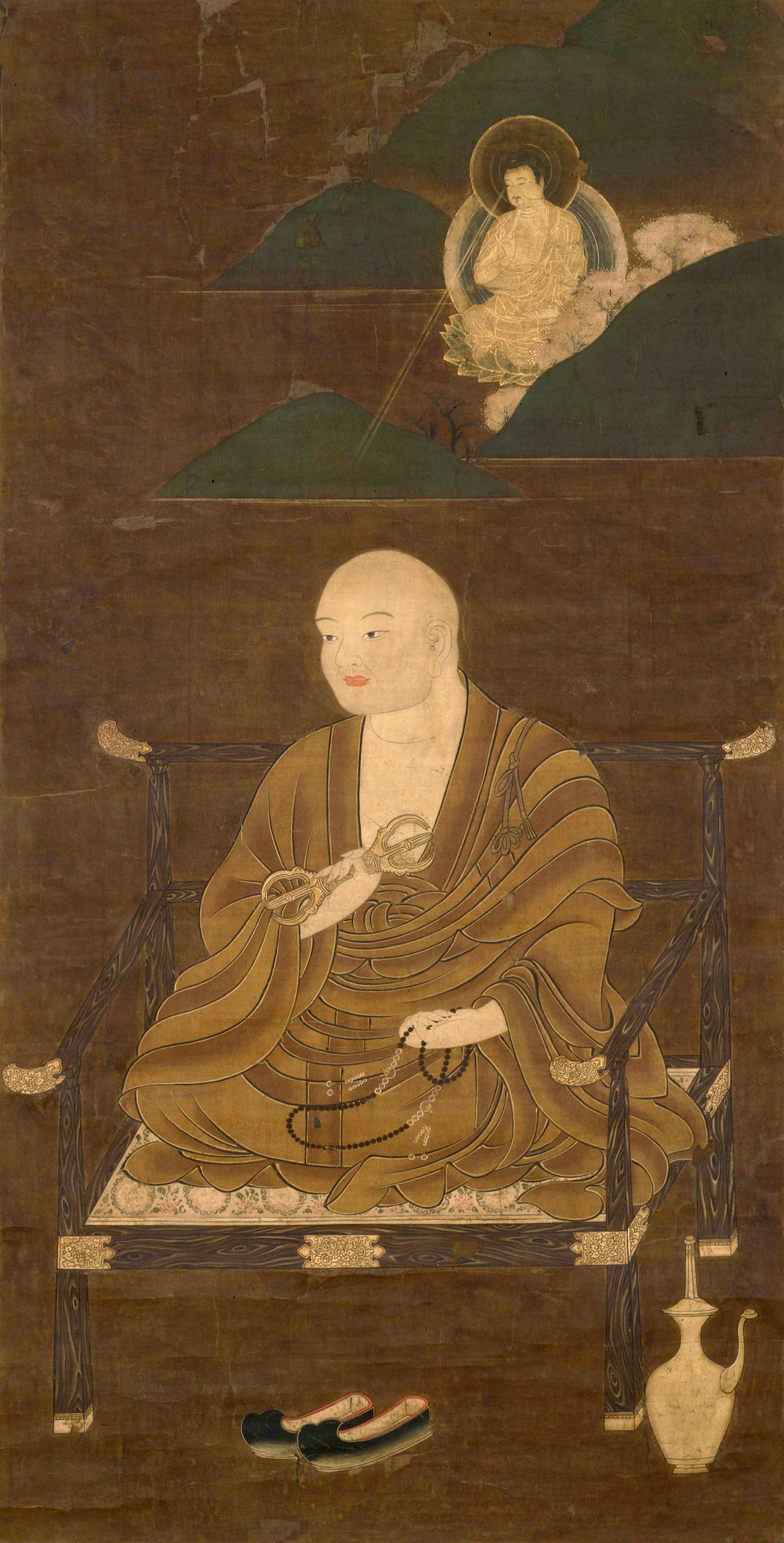
Main Building 3 Rooms [March 16th (Tuesday) -April 25th (Sunday)]
The origin of the sparrow (sparrow’s hosshin)
– Muromachi period-Azuchi-Momoyama period, 16th century donated by Etsuko Mita
This is a story about a sparrow, Kotota, who was eaten by a snake and went home and traveled around the world.

Main Building 3 Rooms [March 16th (Tuesday) -April 25th (Sunday)]
Important Cultural Property, Keihei Dai 2 Family Utaawase (Tsunehira no Dai Nike Utaawase)
– Toshitada Fujiwara, Heian period, 12th century
Uta-awase held at the Fujiwara Keihei family in the 3rd year of Otoku (1086). We are competing in 10 themes such as “Harukoma” and “Sakura”.
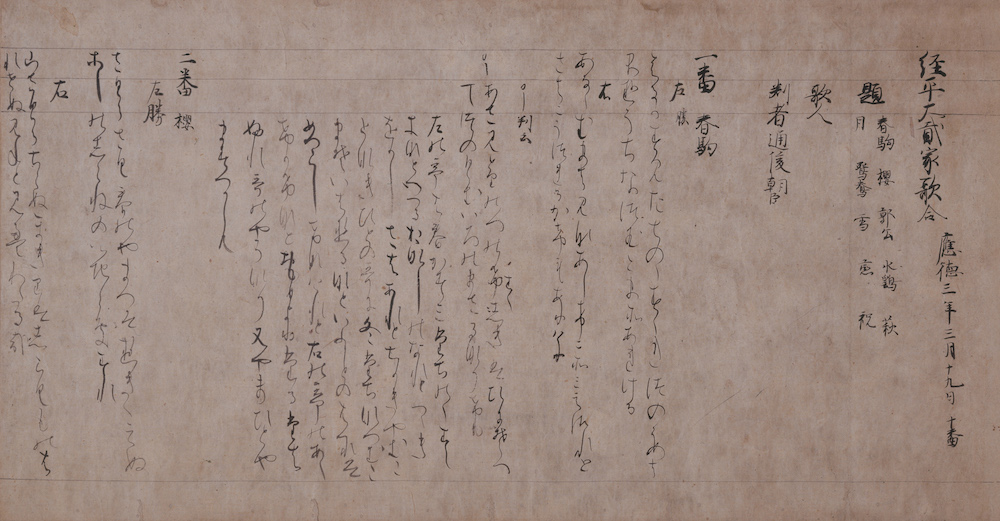
Main Building 4 Rooms [February 2nd (Tuesday) -April 25th (Sunday)]
Weeping cherry tree lacquer lacquer
– Donated by Mr. Matsushige Hirota in the 17th century during the Edo period
A mass-produced jujube made in Kyoto. The simple taste of mass-produced products was highly evaluated by the tea masters.
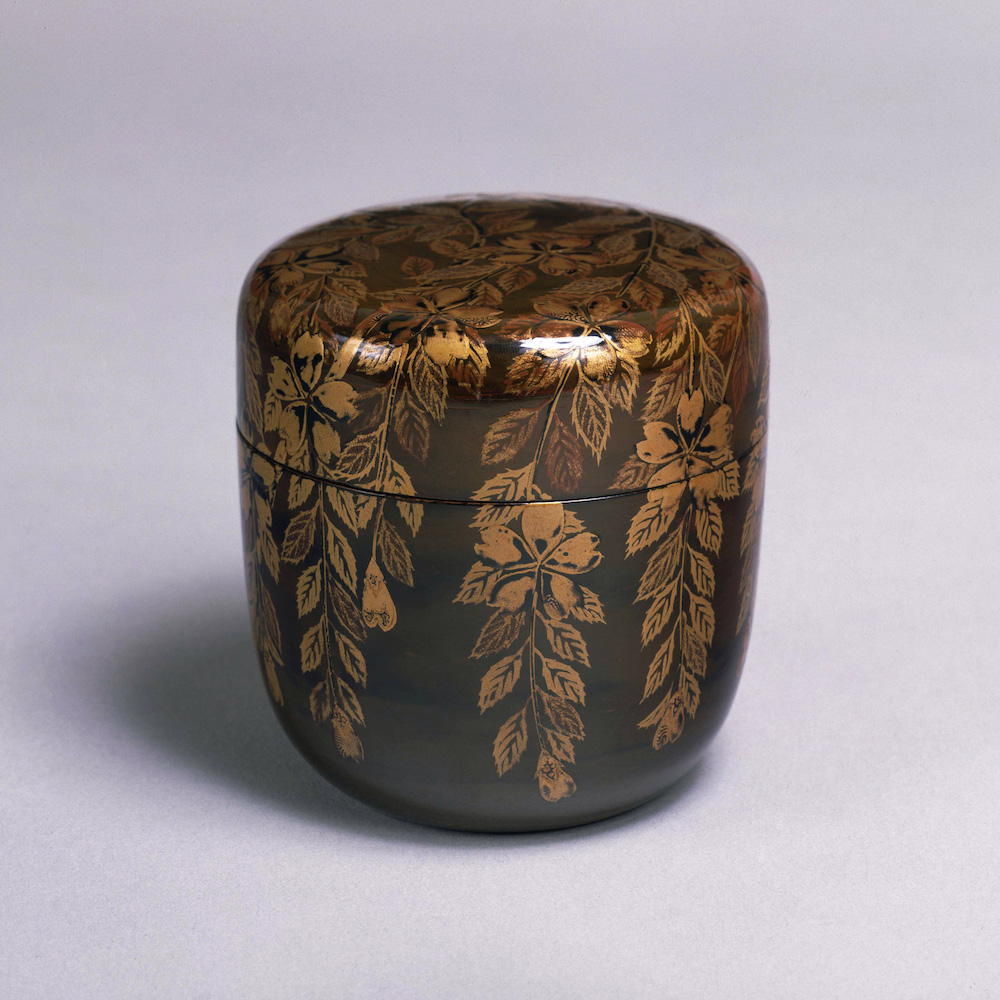
Main Building 8 Rooms [March 2 (Tue) -April 25 (Sun)]
Furisode crepe ground Sakurafuji Kikuo Nagatori pattern (Furisode Hiwaiiro Chirimenji Sakura Fujikiku Onagadori Moyo)
– Donated by Miyoko Abe in the 19th century during the Edo period
The kimono kimono was probably worn by the girl. It is a court-favorite design that expresses the folds of flowers in each season with plump embroidery.
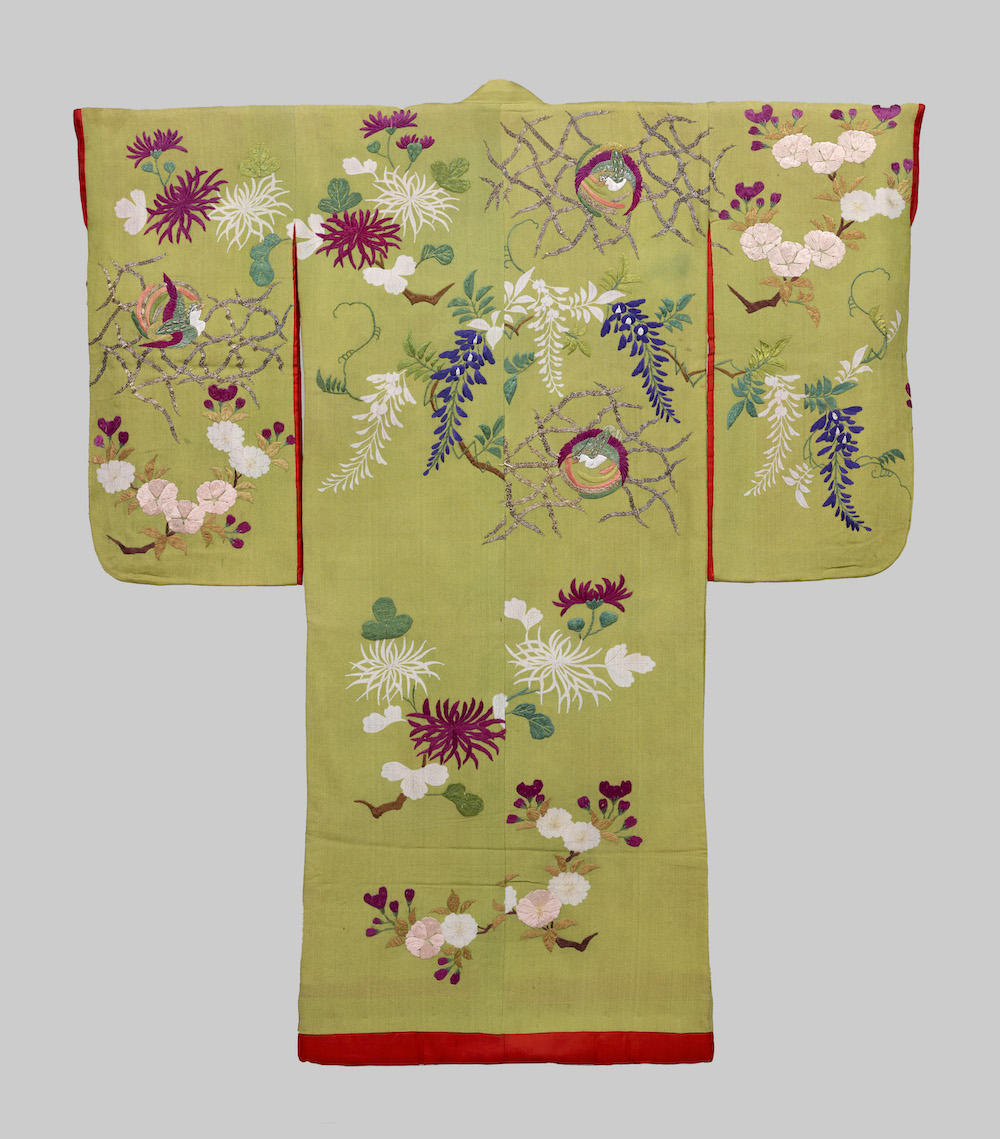
Main Building 8 Rooms [Tuesday, March 9-Sunday, April 18]
One line book “Hanakai Mangoku Haru” (Ichigyosho Hanahiraki Tebankoku no Haru)
– Ike no Taiga, Edo period, 18th century, donated by Mr. Minei Kuze
Ike no Taiga, a literary painter representing the middle of the Edo period, wrote a cursive script that symbolizes the brilliance of spring in the sunlight.
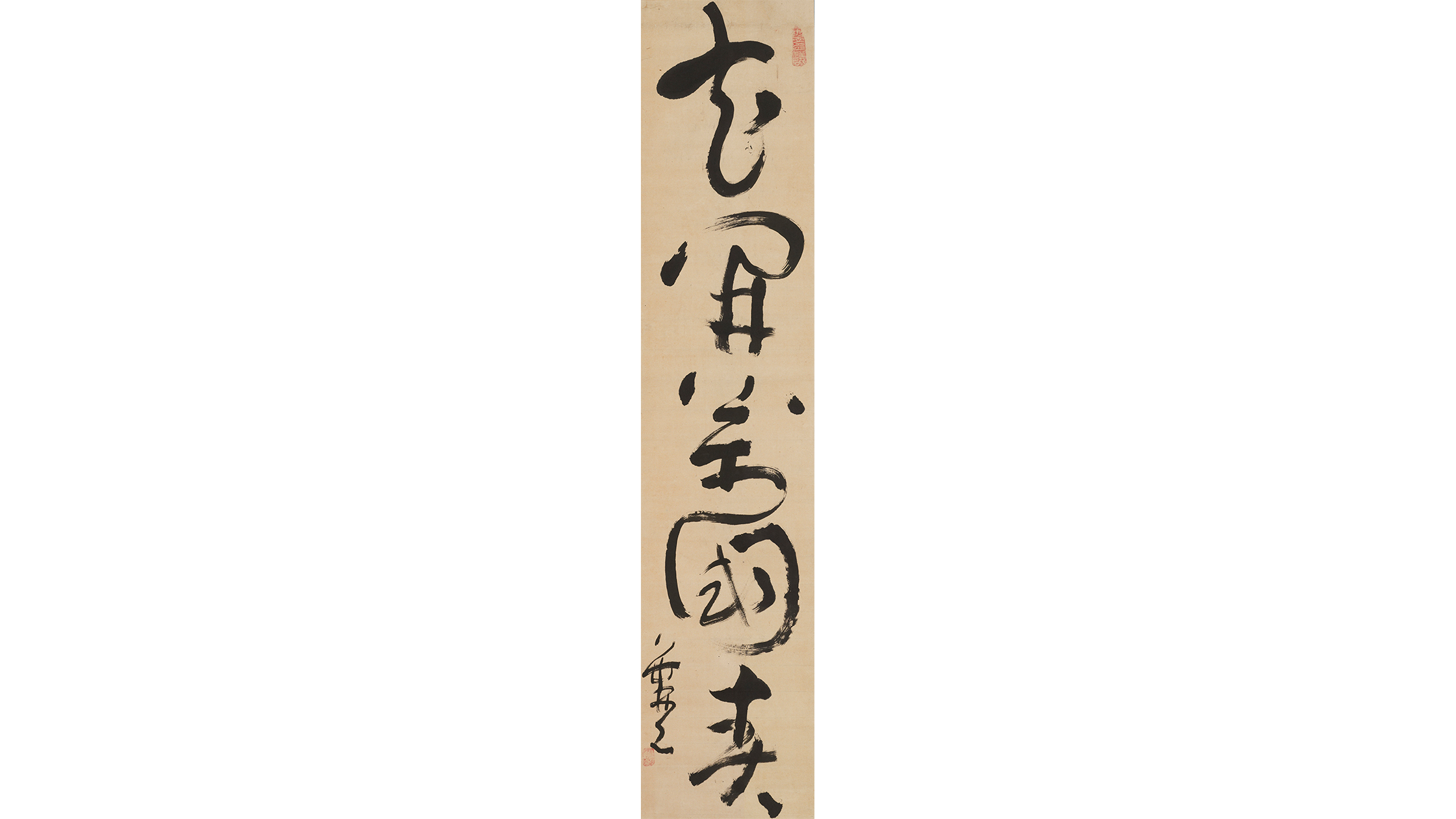
Main Building 8 Rooms [Tuesday, March 9-Sunday, April 18]
Cherry blossom map (Okazu)
– Mika Hirose brush, Edo period, 19th century
In the Edo period, when the number of cherry blossom varieties increased, it is a fine item of Hanagakure known exclusively for drawing cherry blossoms.
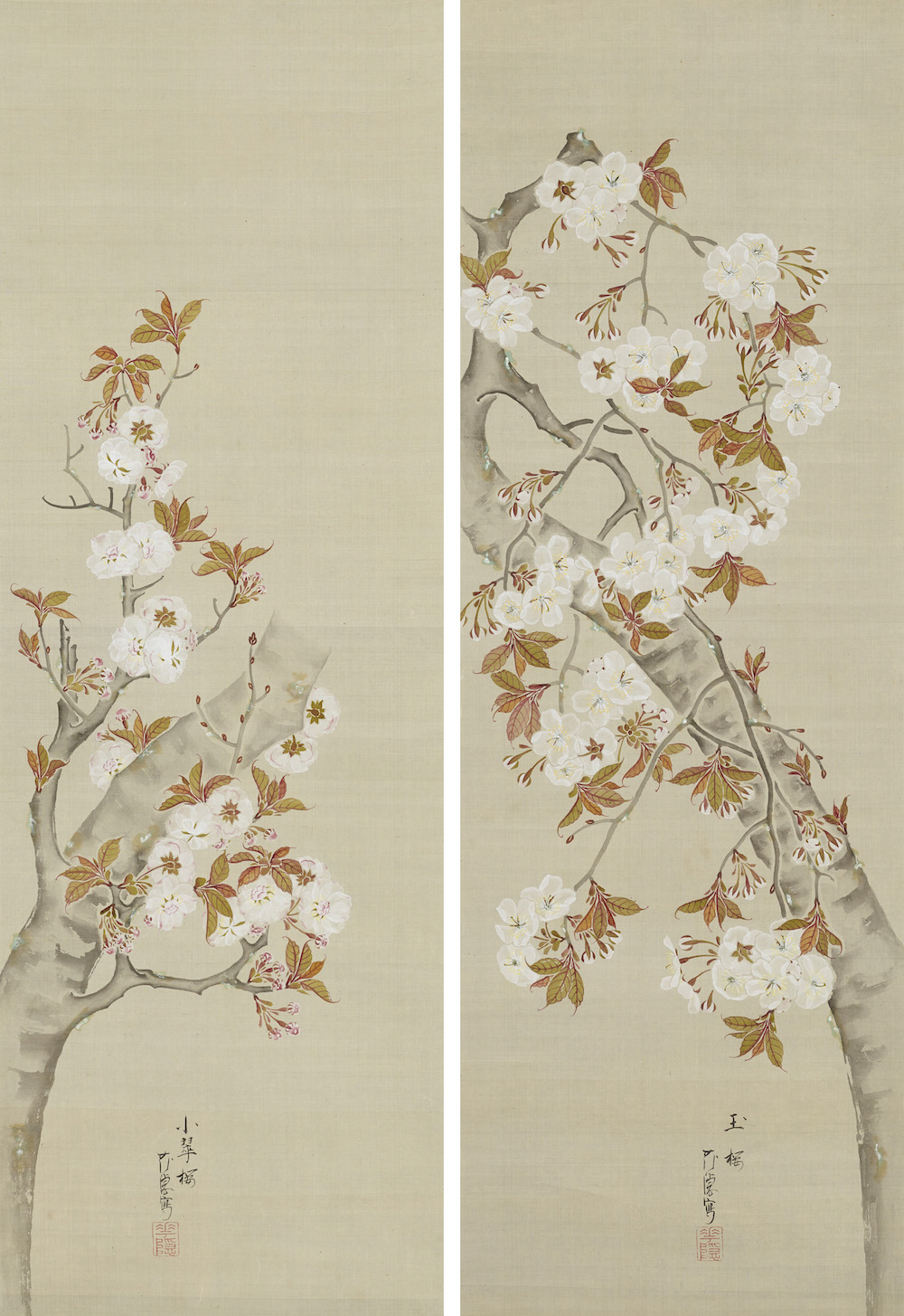
Main Building 9 Rooms [March 2 (Tue) -April 25 (Sun)]
Karaori Gold Red Step Weeping Sakurao Long Bird Pattern (Karaori Kinbe Nidan Shidare Zakura Onagadori Moyo)
– Introduced by the Uesugi family, Edo period, 18th century
Karaori is a costume worn mainly by female characters on the Noh stage. It features a sewn weave with an embroidery-like texture.
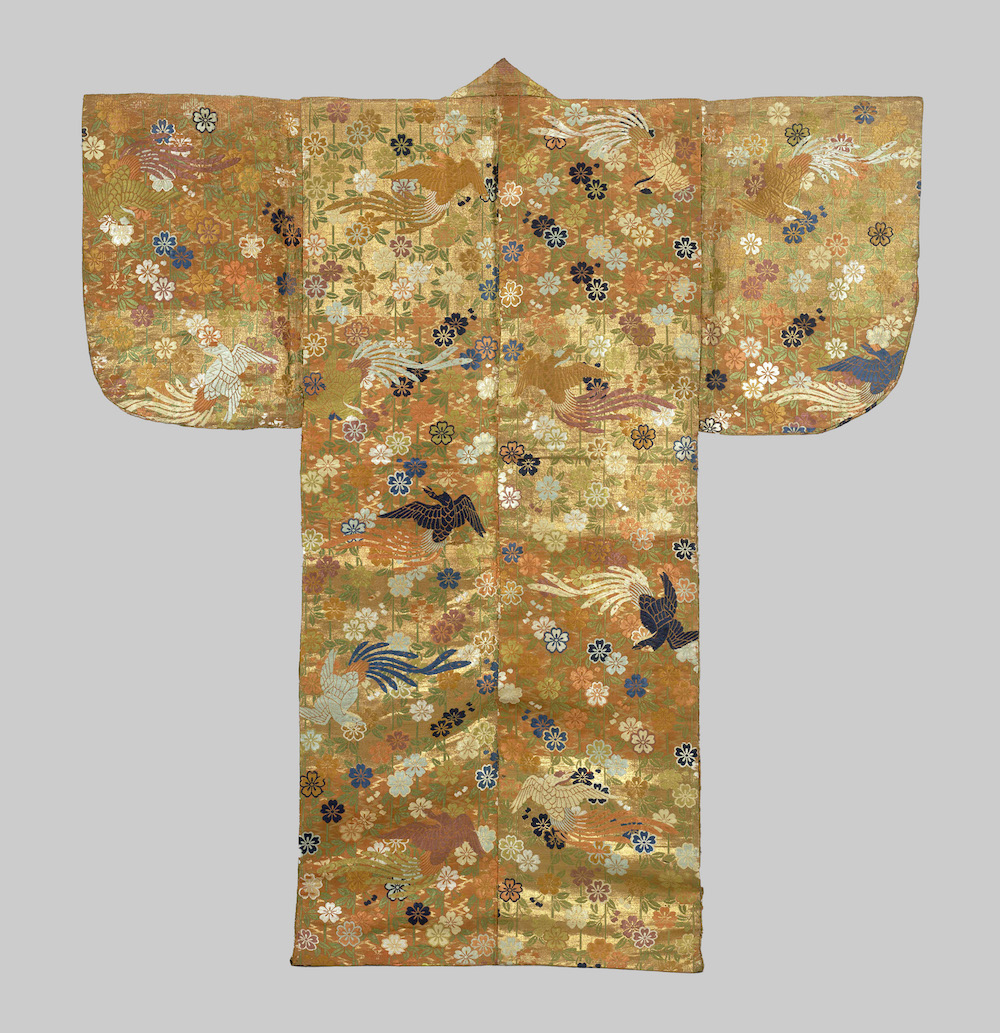
Main Building 10 Rooms [March 2 (Tue) -April 25 (Sun)]
Kosode Beni Rinzu Jiyuki Mochiza Sakura pattern (Kokode Benirinzujiyuki Mochiza Sakura Moyo)
– Edo period, 17th century
The design with an arc from the left sleeve to the right hem is popular during the Kanbun period (1661-1673).

Main Building 10 Rooms [March 16th (Tue) -April 11th (Sun)]
Important Art Object: Behind Kyonosuke Yamashita (Yatakyo no Suke no Ushiromen)
– Buncho writing brush, Edo period, Meiwa 6 (1769)
It is a work that depicts playing two roles (monk and fox) before and after wearing a mask on the back of the head.
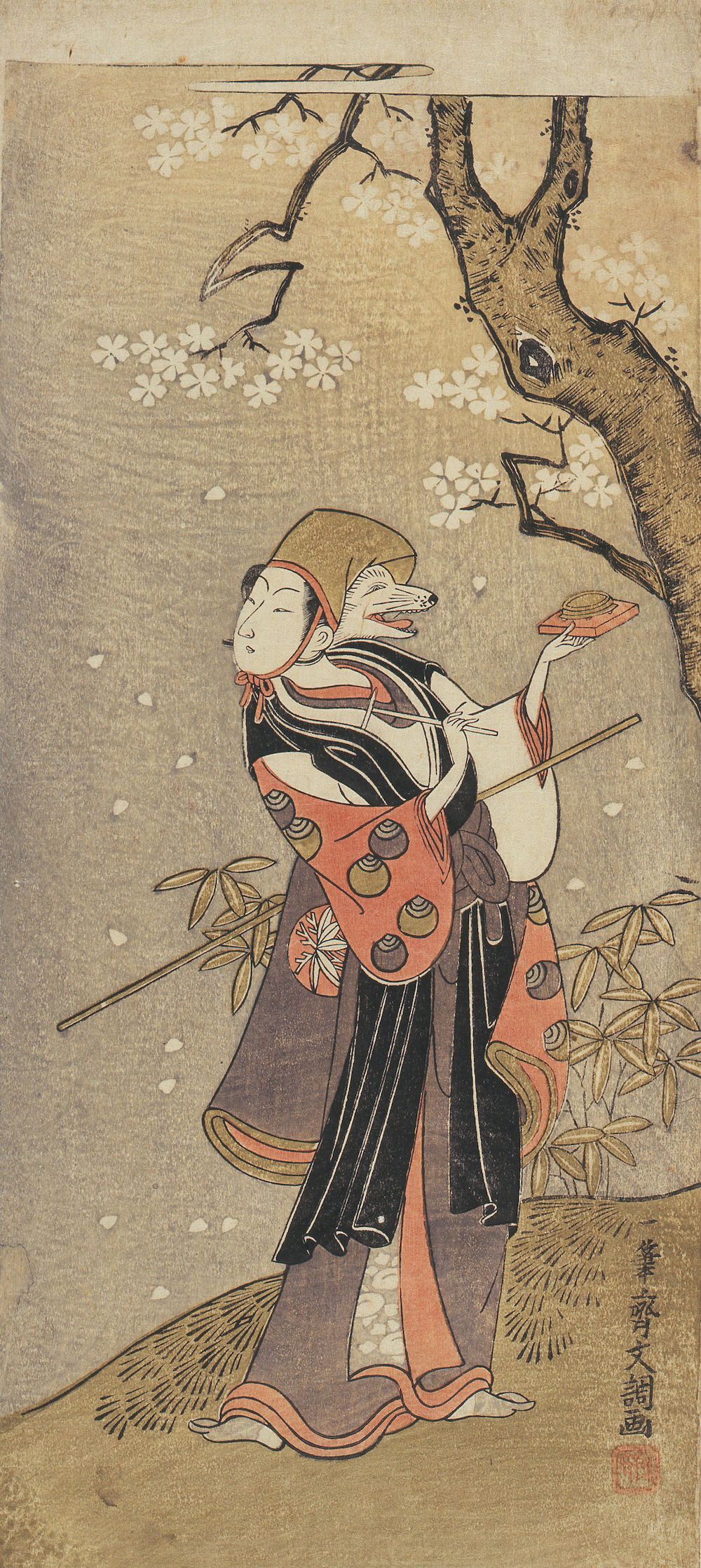
Main Building 11 Room [Tuesday, December 15, 2020-Sunday, May 9, 2021]
Standing Fudou Myo (Fudomyo Oryuzo)
– Heian period, 11th century, donated by Mr. Tetsusaku Okano
It is a rare Buddha statue made of cherry blossom trees. It is also valuable that it is an old example for a standing statue of Fudo Myo.
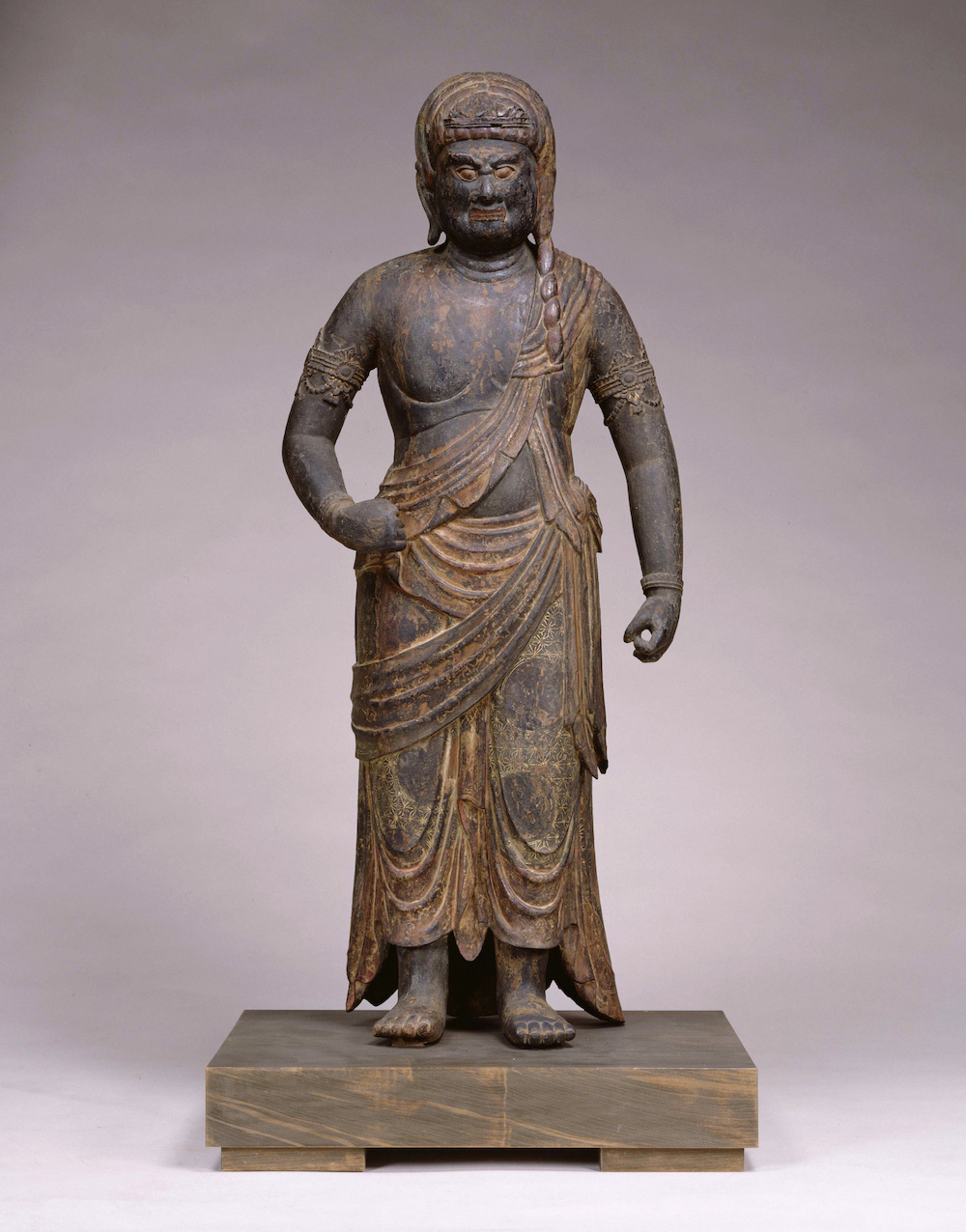
Main Building 12 Rooms [Tuesday, March 9th-Sunday, May 30th]
Important Cultural Property Hirayama Makie Suzuri-bako
– Masamitsu Shiomi, Edo period, 18th century
The Hira Mountains are famous for mountain breeze and cherry blossoms. The scenes written in Japanese poems are represented in fine lacquer work.

Main Building Room 13 [Tuesday, March 9-Sunday, May 30]
Cherry blossom tsuba on the moon
– Kano Natsuo’s Edo period-Meiji period, 19th century, donated by Quincy A. Shaw
The black iron is likened to a dark night, and represents the cherry blossoms at night that emerge in the moonlight.

Main Building Room 13 [Tuesday, February 16-Sunday, May 9]
Color picture cherry blossom eagle platter (Iroe Okawashimon Ozara)
– Imari Edo period, 18th century donated by Reiji Kase
It is a gorgeous platter. Gold is used abundantly up to the wings of the eagle.
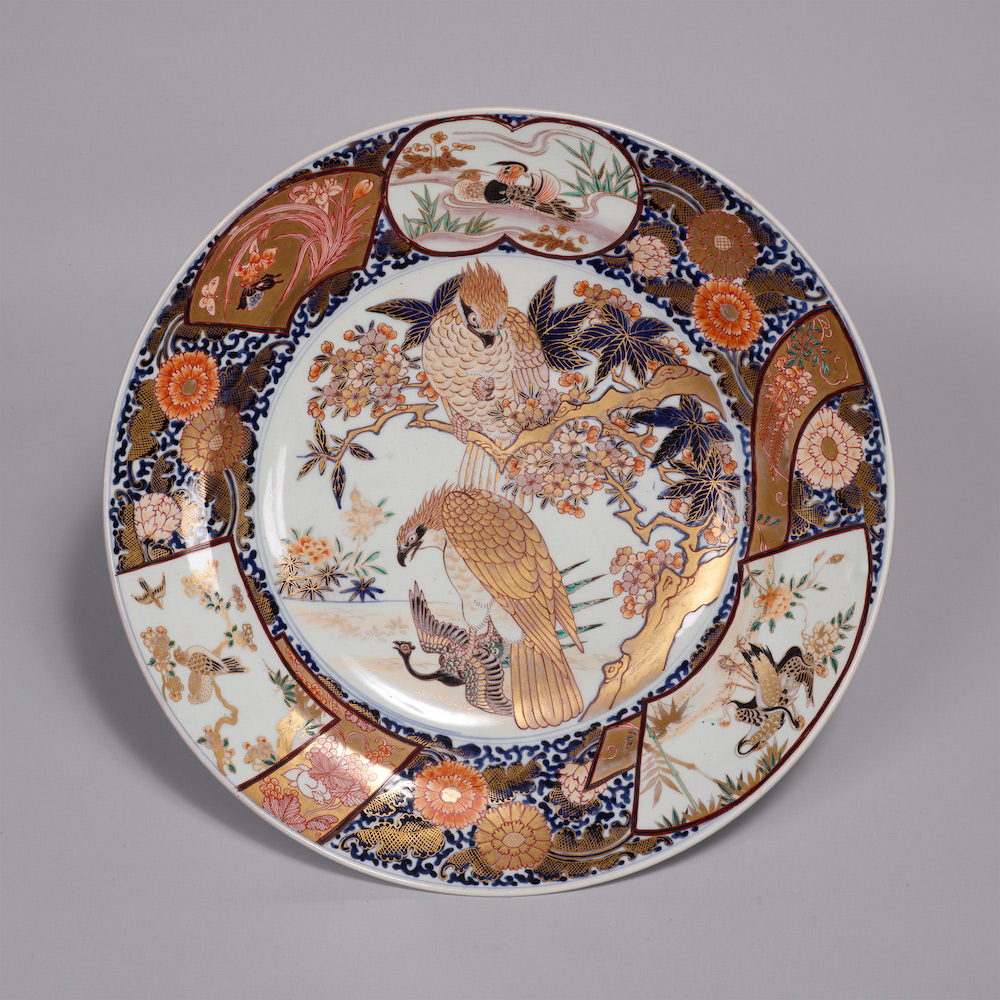
Main Building 18 rooms [March 16th (Tuesday) -May 9th (Sunday)]
Hanashita Yukoi (Kakayakuri)
– Iijima Koga brush, 1874
In contrast to the vague background depiction, cherry blossoms and carp are drawn extremely finely, creating a fantastic moonlit night.
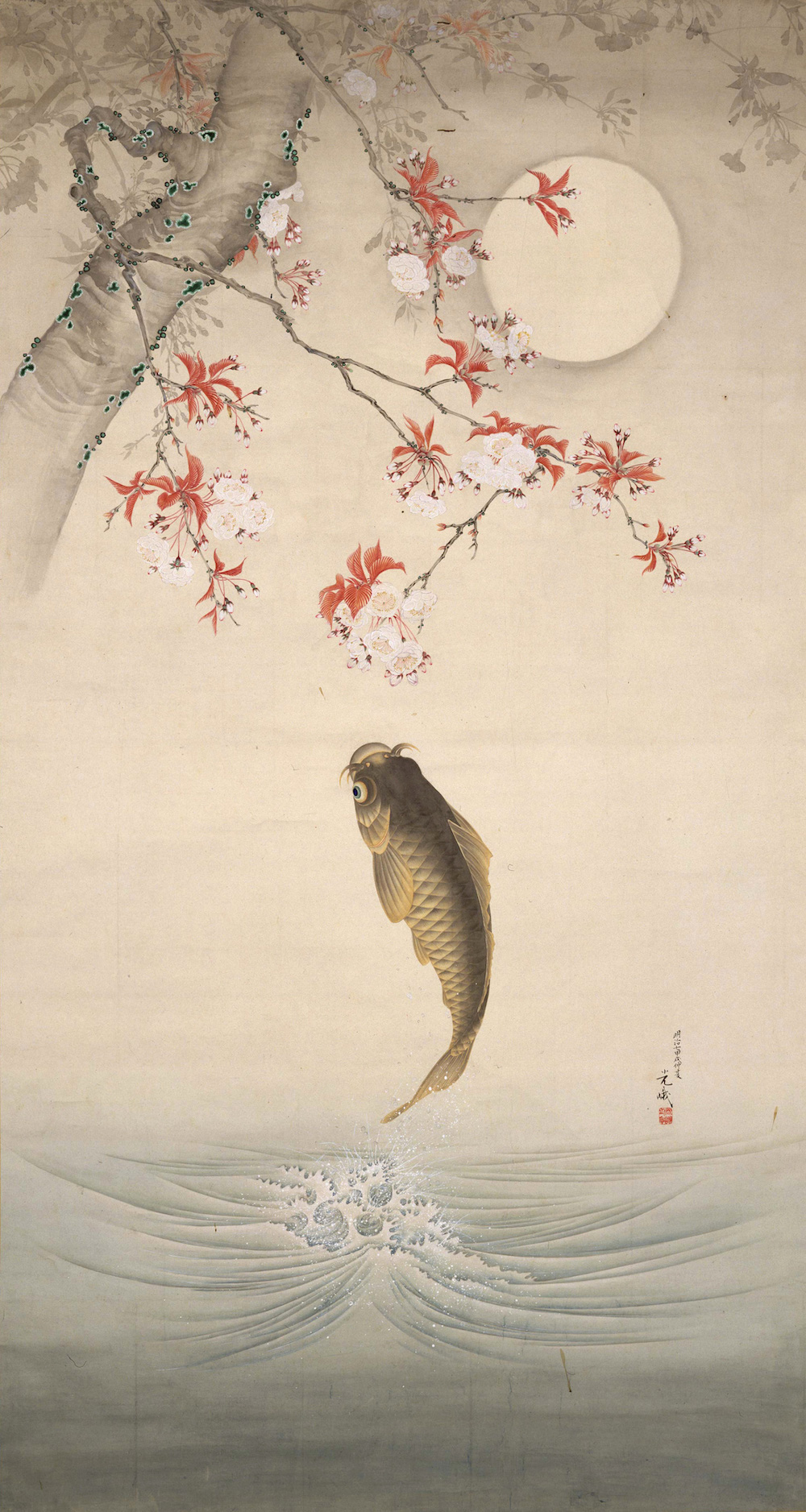
* All the exhibited works are in the collection of the Tokyo National Museum.
Stamp rally style quiz held at "Tohaku Navi"
A stamp rally-style quiz “Tohaku Navi” (*), the official appreciation guide app for the Tokyo National Museum, will be available for a limited time from March 16th (Tuesday) to April 11th (Sunday). “Sakura Stamp Rally” will be held. You can participate in the stamp rally from within the app during the event.
At the stamp rally points set in the exhibition room of the main building, quizzes related to the works in the exhibition room will be given. Those who answered all the quizzes correctly can download the original gift image for a limited time.
* After downloading “Tohaku Navi” to your smartphone, tablet, or other device, you can participate by clicking the “Stamp Rally” button in the app.
* To participate in the “Sakura Stamp Rally”, please update “Tohaku Navi” to the latest version.
* “Sakura Stamp Rally” is available in Japanese only.
* What is “Tohaku Navi”?
This is the official appreciation guide app for the Tokyo National Museum Comprehensive Cultural Exhibition. The recommended works on display are introduced by voice and text. In addition, you can enjoy thematic viewing course guides, hands-on content, and stamp rallies.
* Downloading “Tohaku Navi” is free.
* For details on “Tohaku Navi”, please refer to the following URL.
>Click here for details
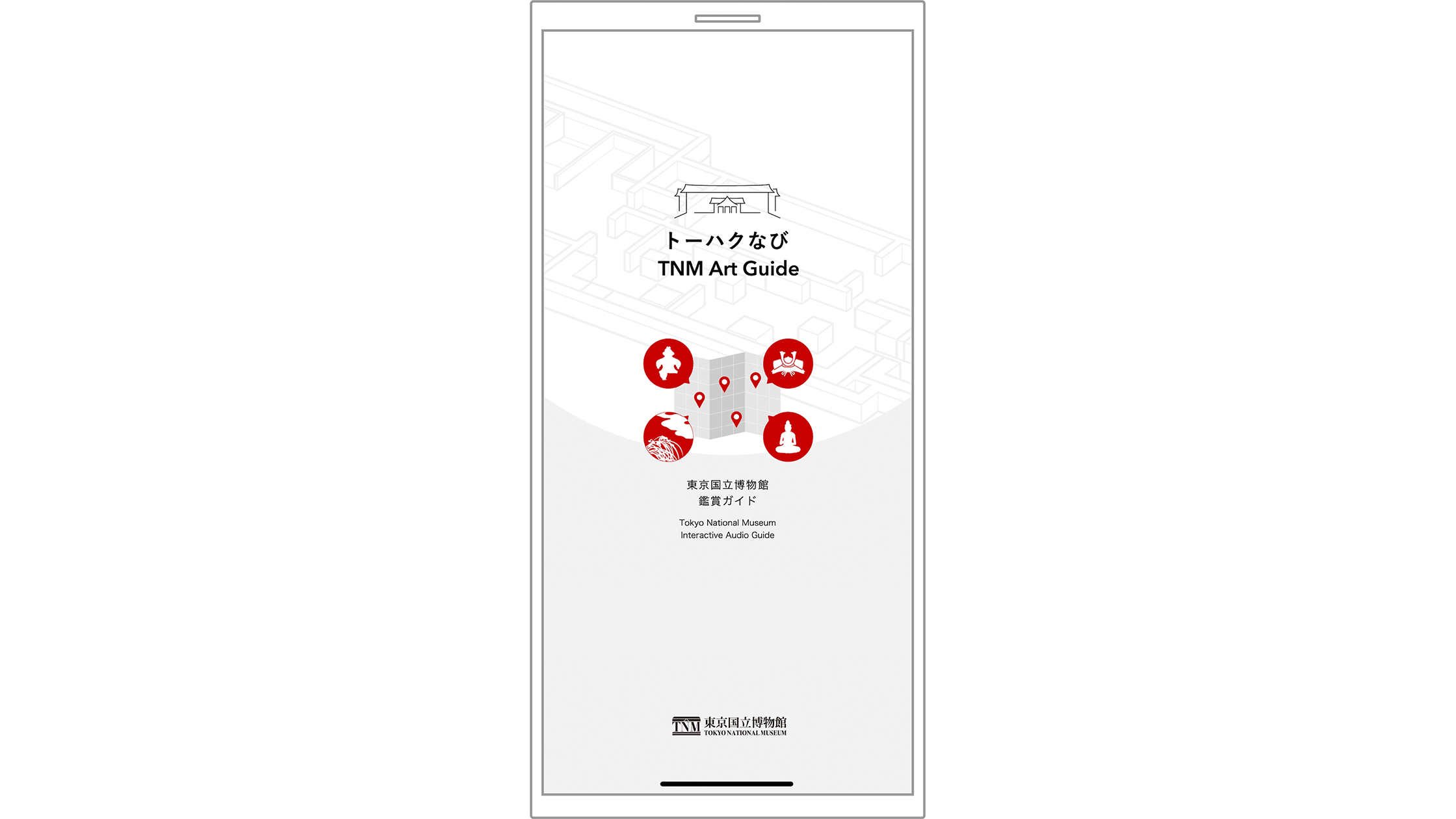

Image of "Sakura Stamp Rally" start screen
Tohakukai "Hanami de Ichigo" We are recruiting online this year
During the “Cherry Blossom Viewing at the Museum” period, we are looking for works with cherry blossom motifs and haiku with the theme of cherry blossoms online. You can apply from the form on our website. Winning works will be announced on the museum’s website and presented as souvenirs.
About opening the garden
The garden on the north side of the main building will be opened. You can see about 10 kinds of cherry blossoms including Yoshino cherry tree.
Opening hours: 10: 00-16: 00
* It may be canceled due to bad weather.
* Cannot be placed in the tea room.
* The garden will be completely closed for the time being from December 8, 2020 (Tuesday) due to large-scale construction. The access area may be restricted or changed during the “Cherry Blossom Viewing at the Museum” period. Please check our website for the latest information.
"Cherry Blossom Viewing at the Museum" Visit Information This year, advance reservations are required
An online advance reservation (reserved-seat ticket) is required for admission. All customers, including those who are free to enter and members, are required to reserve a reserved-seat ticket online. Please check the Tokyo National Museum website for details.
| Session: |
March 16th (Tuesday) -April 11th (Sunday), 2021 |
| Opening hours: |
9: 30-17: 00 * Admission is 30 minutes before closing |
| Closed days: |
Monday * However, the museum will open on March 29 (Monday) |
| Admission fee: |
General 1,000 yen, university students 500 yen
* Free for high school students and younger, under 18 years old, and over 70 years old.
Please show your age when you enter the museum.
* Free for persons with disabilities and one caregiver. Please present your disability certificate when you enter the museum. |
| Access: |
10 minutes walk from JR Ueno Station Park Exit and Uguisudani Station South Exit
15 minutes walk from Tokyo Metro Ueno Station / Nezu Station and Keisei Ueno Station |
| Contact: |
050-5541-8600 (hello dial) |
>website
* The exhibition period, opening date, opening time, exhibited works, exhibition period, contents, etc. are subject to change due to future circumstances. For details, please check our website.
